In modern home renovation, particularly in bathroom remodelling, "aesthetics + functionality + smart features" have become the three core dimensions of design trends. How mirrors, storage, and lighting are integrated often determines a bathroom's user experience and design style.
In recent years, medicine cabinet with lights have gained increasing attention in high-end residences and renovation projects. They not only combine mirrors with storage but also integrate modern technologies, such as LED lighting, anti-fog features, and sensor controls, enhancing the bathroom's technological feel and practicality. Yet beneath the hype, they are not without flaws. This article explores the advantages and challenges of "new-generation mirror cabinets," providing valuable insights for industry professionals, designers, and homeowners undertaking renovations.
Why Are Lighted Medicine Cabinets Trending?
In traditional bathroom design, mirrors, lighting fixtures, and storage cabinets are typically separate modules: light sources are placed above or beside the mirror, while storage cabinets may be positioned under the sink or in a corner. This fragmented approach often leads to the following pain points:
Visual clutter — Multiple standalone light sources, mirror edges, switches, and outlets can disrupt the overall aesthetic.
Lighting Blind Spots — Traditional ceiling or wall lights may cast shadows, especially when obstructed by objects in front of the mirror or when light sources are asymmetrical, resulting in uneven illumination.
Wasted Space — Separate mirrors, lighting fixtures, and vanity mirrors can occupy extra countertop or wall space.
Scattered storage — Daily essentials (toothbrushes, skincare products, medications, cosmetics) often end up scattered around the sink, in drawers, or on wall shelves, easily becoming cluttered.
To address these issues, illuminated medicine cabinets emerged — integrating "mirror + lighting + storage" into a single module. Industry experts note that illuminated medicine cabinets reduce counter clutter, eliminate extra lighting fixtures, and free up space. Recent bathroom design trend reports also highlight these cabinets as a key modern solution balancing functionality and aesthetics.
Against this backdrop, we now systematically analyse the pros and cons of incorporating illuminated medicine cabinets into bathroom renovations.
Pros: Significant Advantages
1. Integrated Aesthetics, Enhanced Visual Unity
Combining mirrors, lighting, and storage into a single unit simplifies wall construction while reducing visual clutter from multiple light sources, switches, and exposed wiring. In many modern minimalist bathroom designs, this integration creates cleaner walls and a more unified mirror appearance.
Additionally, many lighted mirror cabinets utilise concealed lighting (such as backlighting, surround LEDs, or edge-lit strips) to create soft, diffused illumination along the mirror's edges. The light source remains invisible while delivering natural lighting effects. This seamless blend of light and shadow is difficult to achieve with traditional fixtures.
2. Superior and Precise Lighting Quality
Adequate lighting is crucial for daily activities performed in front of the mirror, such as applying makeup, shaving, and skincare routines. Compared to overhead lights or wall sconces, illuminated medicine cabinets typically offer these advantages:
Even light distribution: Light strips are positioned along the mirror's edge or back, eliminating shadows and glare.
Glare-free: Diffuser panels or frosted finishes ensure soft, comfortable illumination.
Adjustable colour temperature: Premium models support warm/cool light switching to suit different times and moods.
Energy efficiency: Typically utilising LED lighting sources, they offer low power consumption and extended lifespan.
Quality lighting not only enhances user experience but also reduces the need for additional lighting fixtures, minimises glare, and saves costs.
3. Enhanced Storage Functionality & Countertop Tidiness
One of the key selling points of illuminated medicine cabinets is their ability to conceal numerous small items behind the mirror, reducing clutter on the sink countertop:
Medications, basic skincare products, razors, toothbrushes, and frequently used cosmetics each have dedicated compartments.
Adjustable shelves or dividers offer flexible adaptation for items of varying heights or sizes.
In many compact bathrooms, this concealed storage is key to freeing up space.
Some argue that lighted mirror cabinets liberate countertop space and eliminate the need for additional mirrors or vanity mirrors.
4. Smart Integration / Additional Features
As home automation becomes widespread, illuminated medicine cabinets continue to evolve with these advanced capabilities:
Touch-sensitive controls / Gesture switches: Users activate lighting or adjust brightness with a light touch or proximity.
Anti-fog / Defogging: Cabinets incorporate anti-fog coatings or heating elements to maintain mirror clarity in steamy environments.
USB / Wireless Charging Ports: Provide charging interfaces for electric toothbrushes, razors, smartphones, and other devices.
Clock / Temperature & Humidity Display / Bluetooth / Audio / Wireless Connectivity: Some high-end smart mirror cabinets integrate interactive interfaces onto the mirror surface, offering users a richer experience.
These integrations transform mirror cabinets from passive tools into "smart hubs" within the bathroom.
5. Space Adaptability, Especially Suitable for Small Bathrooms or Renovation Projects
For compact apartments, narrow spaces, or shared bathroom renovations, lighted mirror cabinets offer distinct advantages:
They typically feature wall-mounted or built-in installation, eliminating floor space requirements.
Recessed installation can even "disappear into the wall," minimising protrusion depth (if wall thickness permits).
For renovators, eliminating a separate mirror + lighting module improves construction coordination.
Trend reports indicate that lighted medicine cabinets remain competitive in compact space design. While traditional medicine cabinets have declined in popularity, integrated mirror cabinets are still considered a viable solution by designers.
Disadvantages (Cons): Challenges and Risks to Consider
1. Cost and Budget Barriers
Integrated lighting, smart features, and premium materials all drive up costs. Compared to basic mirrors or standard medicine cabinets, lighted mirror cabinets typically incur higher purchase and installation expenses. Additionally, modifications to electrical circuits, wall structures, wiring, or waterproofing during installation may trigger extra costs.
2. Complex Installation & High Customisation Barriers
Achieving a truly flush-mounted appearance with concealed wiring and minimal visible depth demands installation complexity beyond standard mirror cabinets:
- Built-in installation requires pre-existing wall thickness and depth, often constrained in older home renovations;
Precise planning is needed for LED strip wiring, waterproof sealing, power leads, and touch switches.
Unlike standard mirrors, replacement or removal later is not straightforward.
Many designers also note that cabinet embedment is often "semi-permanent and difficult to change."
3. Maintenance and Lifespan Risks
The lifespan, failure rates, and warranty maintenance of integrated circuits and LEDs are critical considerations. If issues arise with the mirror cabinet's light strips, drivers, or power modules, repairs can be more complicated than with standalone fixtures:
- Light strip malfunctions require disassembling the mirror cabinet for inspection.
- Driver lifespan, wiring deterioration, and switch failures are hidden engineering challenges;
- Poor waterproofing or sealing design may lead to LED or circuit damage in prolonged humid environments.

How to Effectively Utilise Lighted Medicine Cabinets in Renovations
Based on the above analysis of pros and cons and comparative case studies, the following specialised recommendations are provided for designers and renovation homeowners to reference.
1. Positioning Based on Scale and Budget
Small Bathrooms: Lighted mirror cabinets serve best as primary mirrors and storage solutions, optimising space utilisation.
Large, High-End Bathrooms: Prioritise overall mirror harmony, focal wall layouts, and functional module integration to prevent mirror cabinets from appearing jarring.
Budget allocation should account for concealed installations like lighting modules, power wiring, waterproofing, and maintenance access.
2. Optimise Lighting Design and Controls
Select LED strips with high colour rendering (CRI > 90) to ensure accurate makeup application, skin tone representation, and shaving results.
Consider adjustable colour temperature/dimming functions to accommodate daytime, nighttime, and soft lighting needs.
Touch/sensor switches must be thoughtfully positioned for ease of use, durability, and water resistance.
3. Implement Waterproofing/Moisture Protection/Sealing Design
Waterproofing is essential at cabinet edges, light strip connections, and power cable entry/exit points.
Internal wiring and drivers require access ports or module removal pathways for maintenance.
In humid environments, material selection and sealing integrity are critical.
Future Trends and Market Outlook
From an industry perspective, illuminated medicine cabinets may still face significant growth opportunities and challenges in the coming years. Key areas to watch include:
Smart Integration and Interaction: More mirror cabinets will incorporate voice control, display screens, and environmental sensing capabilities.
Modular/Replaceable Design: To address maintenance and upgrades, mirror cabinets may adopt modular designs allowing easy replacement of light sources, drivers, and electronic control modules.
Thinner Profiles and Concealed Installation: Advances in materials and manufacturing techniques could further reduce cabinet thickness, potentially creating "hollow mirror" designs that flush with walls for seamless integration.
Eco-Compatibility / Energy Efficiency: LED technology, sensors, and low-power circuits will undergo further optimisation to enhance energy efficiency, reliability, and lifespan.
Customisation and Personalisation: Users may seek mirror cabinets with customizable layouts (partitions, light strip routing, mirror dimensions, exterior panels, etc.).
Conclusion:
For designers and homeowners undertaking renovations, the key lies in striking a balance between space constraints, stylistic direction, user needs, and budgetary considerations. If you envision the mirror as a focal point, desire seamless integration of lighting with the mirror surface, and seek to elevate your daily aesthetic experience, then a lighted medicine cabinet is certainly an option worth considering. Conversely, if you prioritise expansive mirrored walls, artistic mirror finishes, simple structures, and long-term maintainability, a more conservative choice may prove the wiser option.

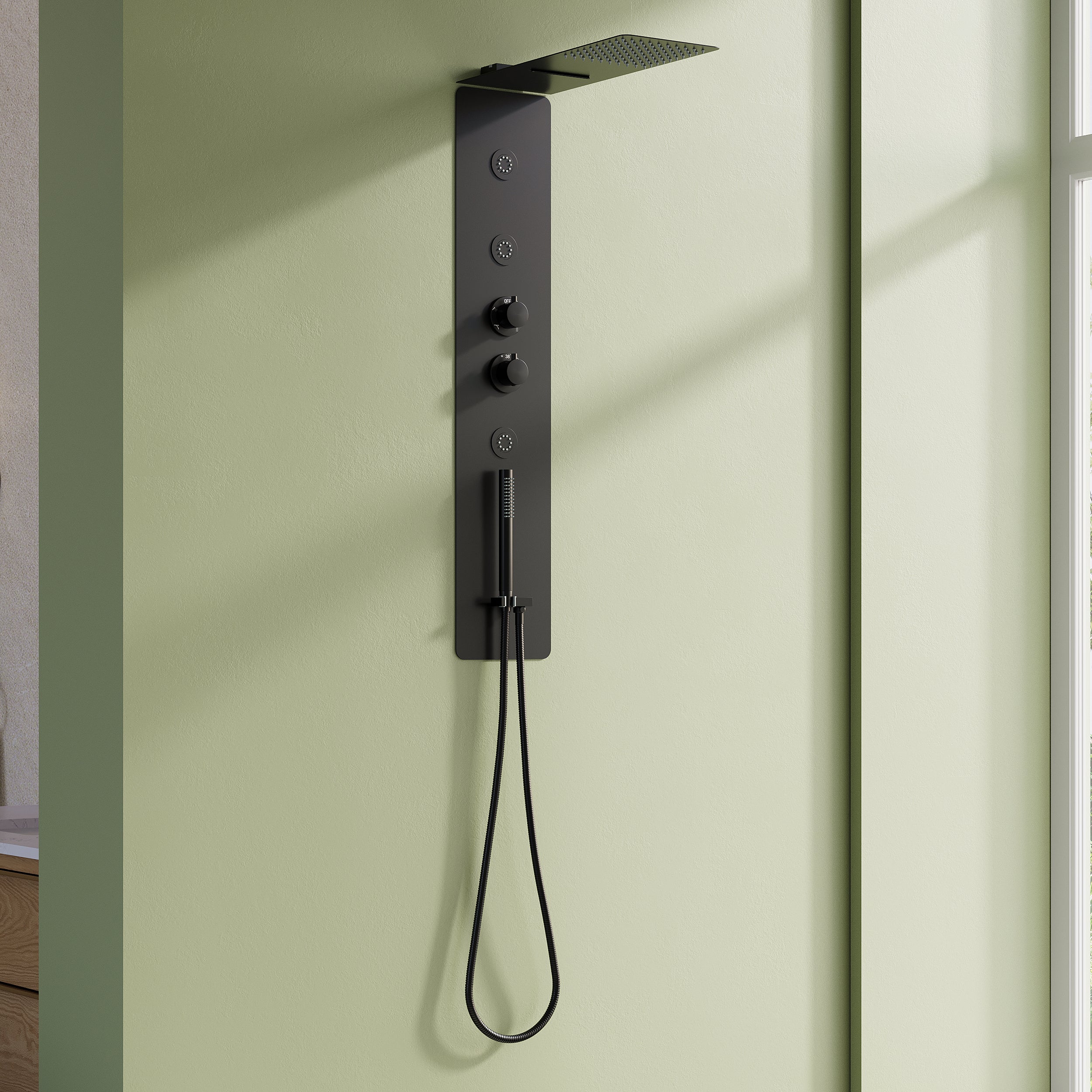






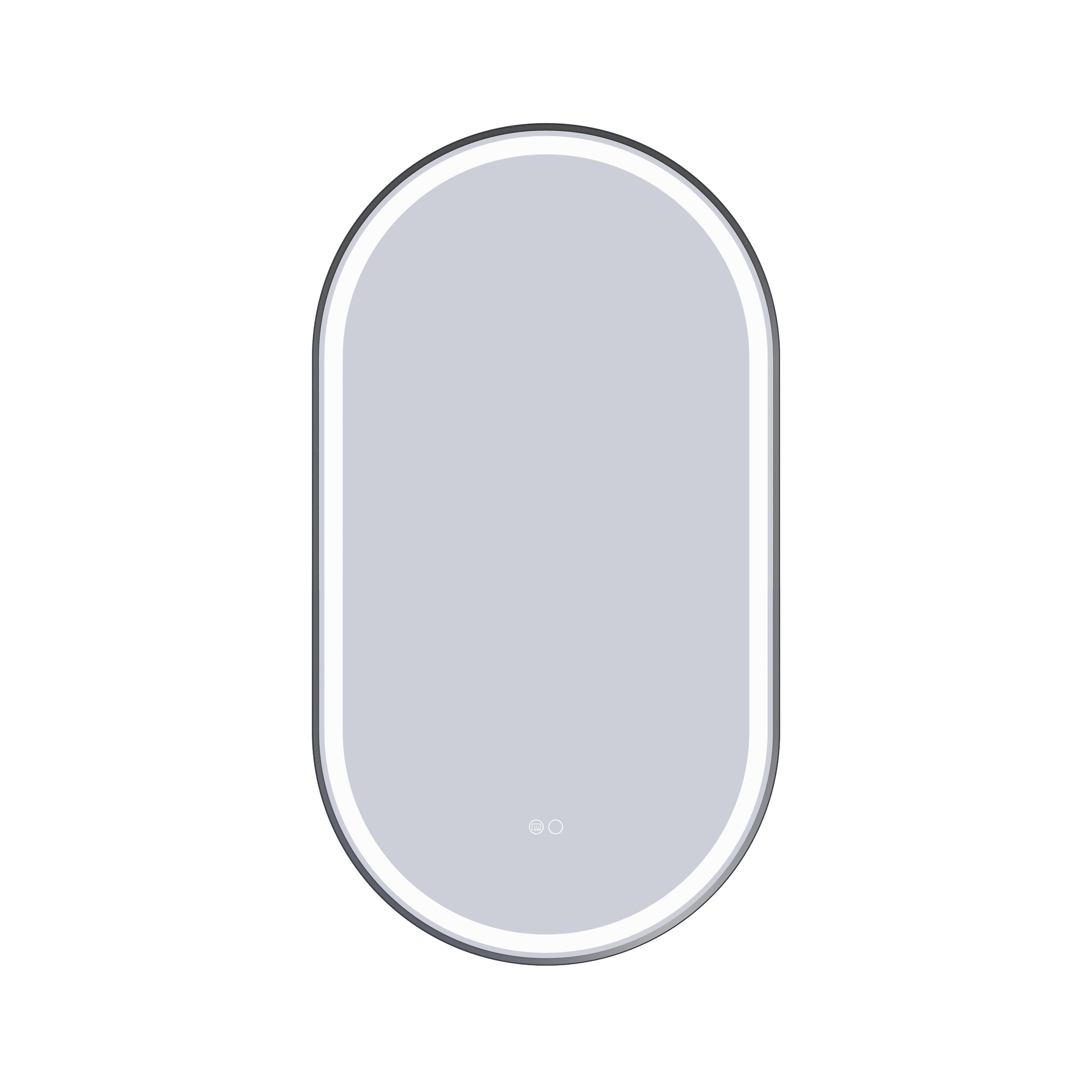

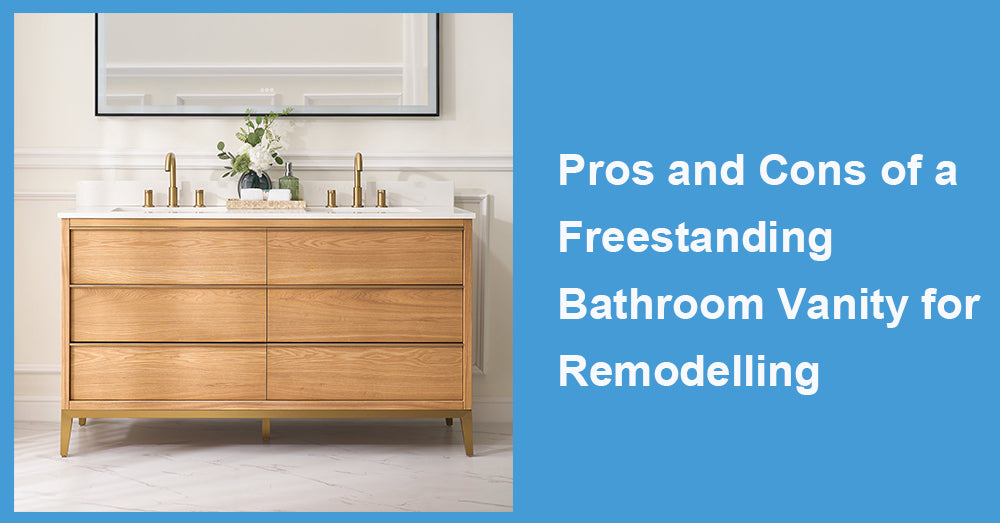

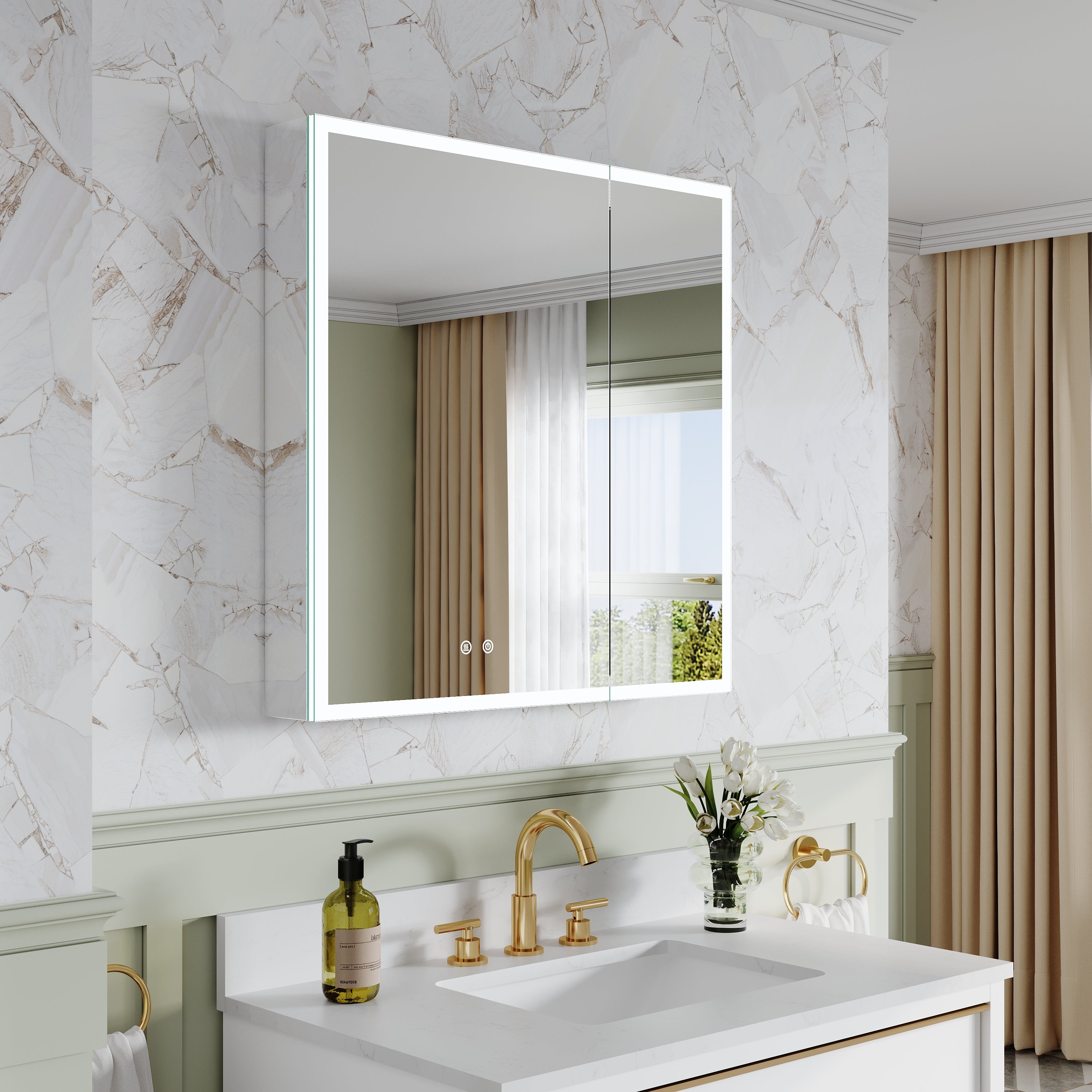
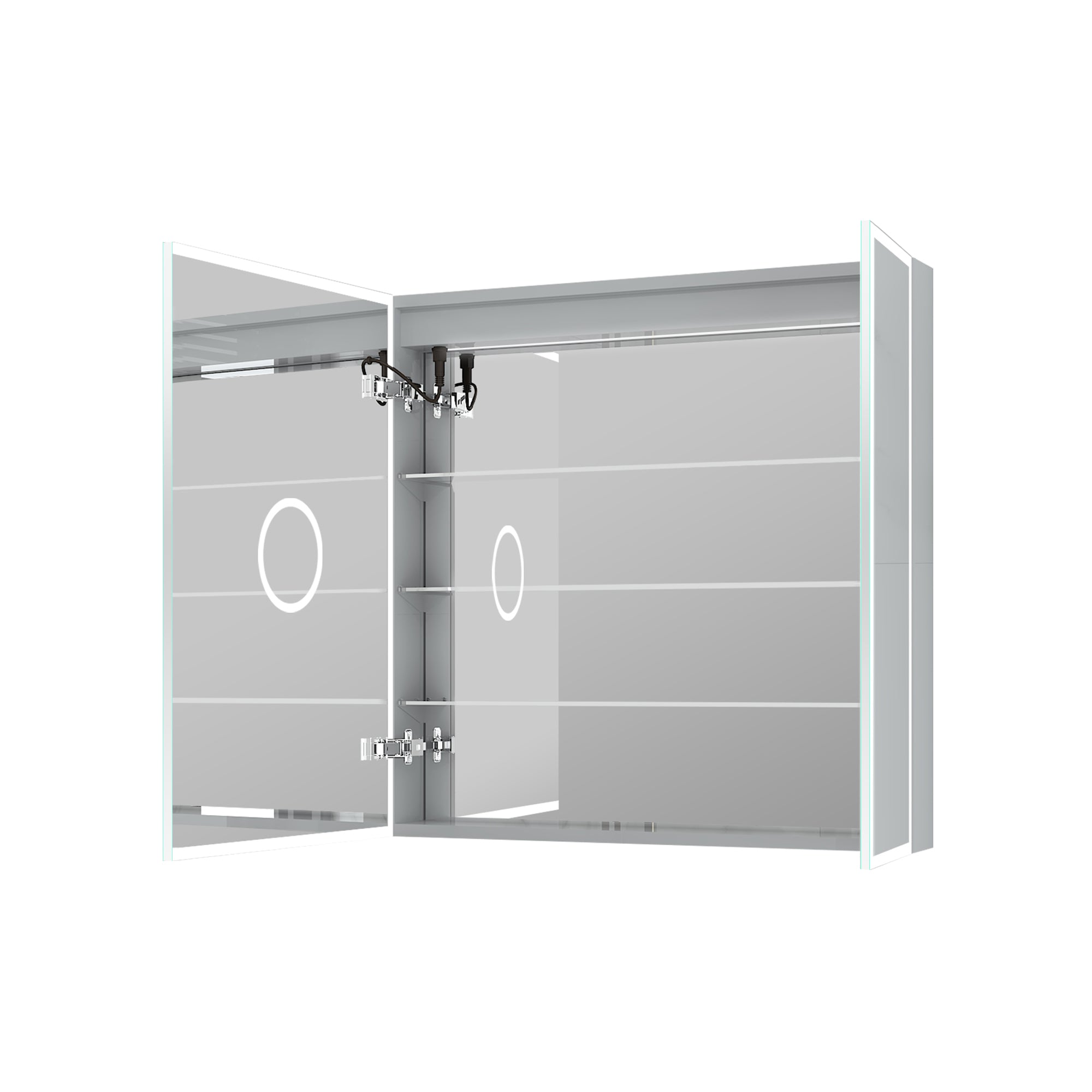
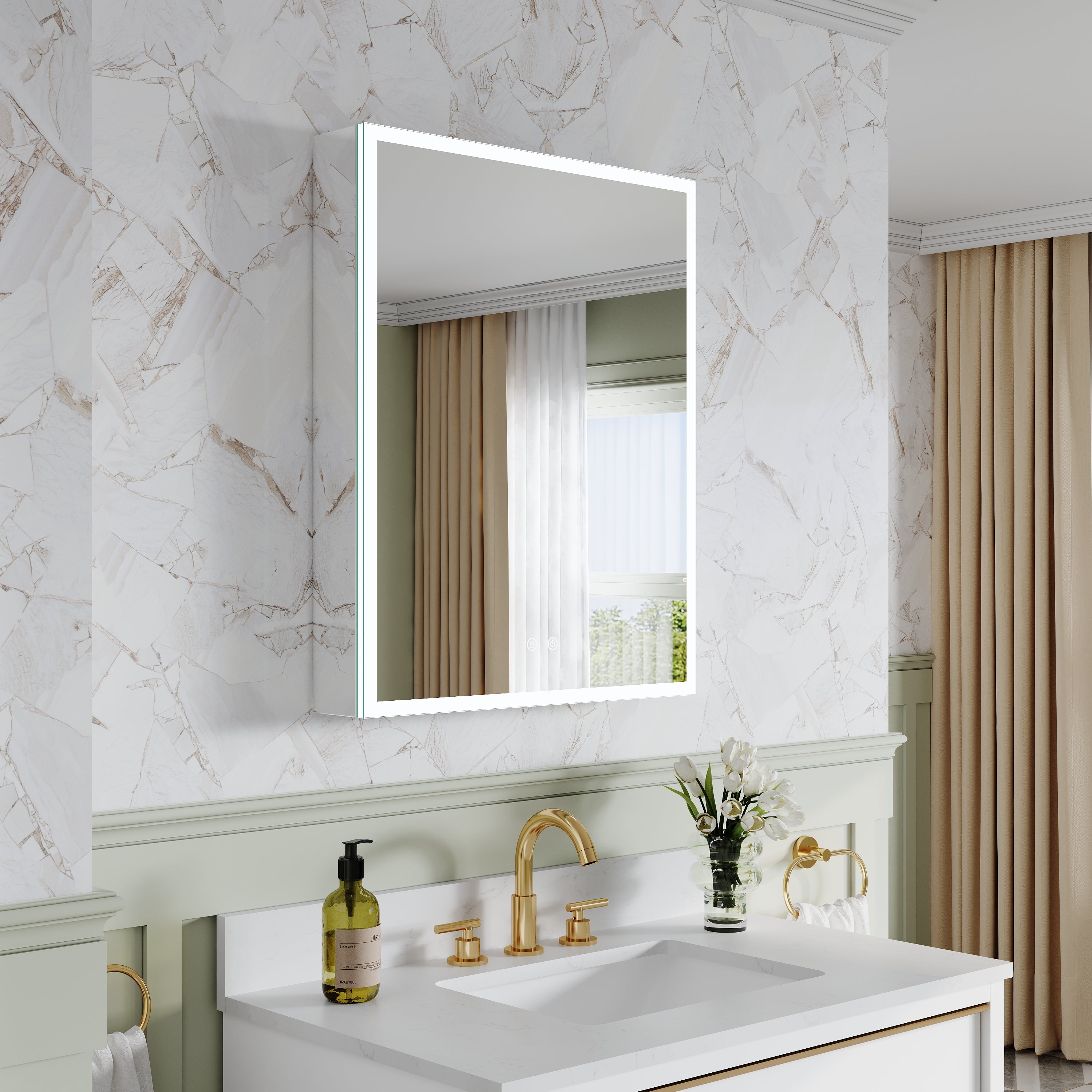
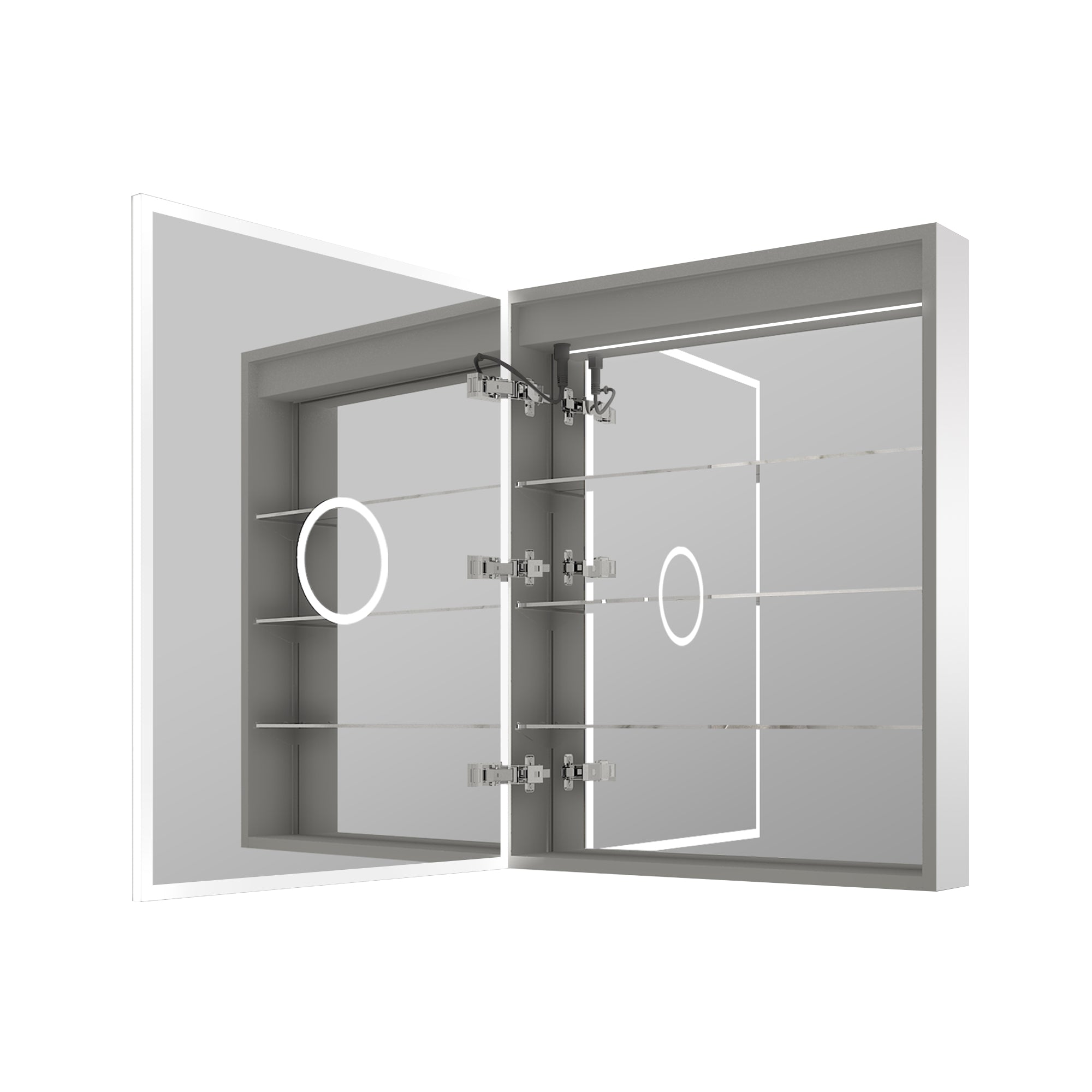
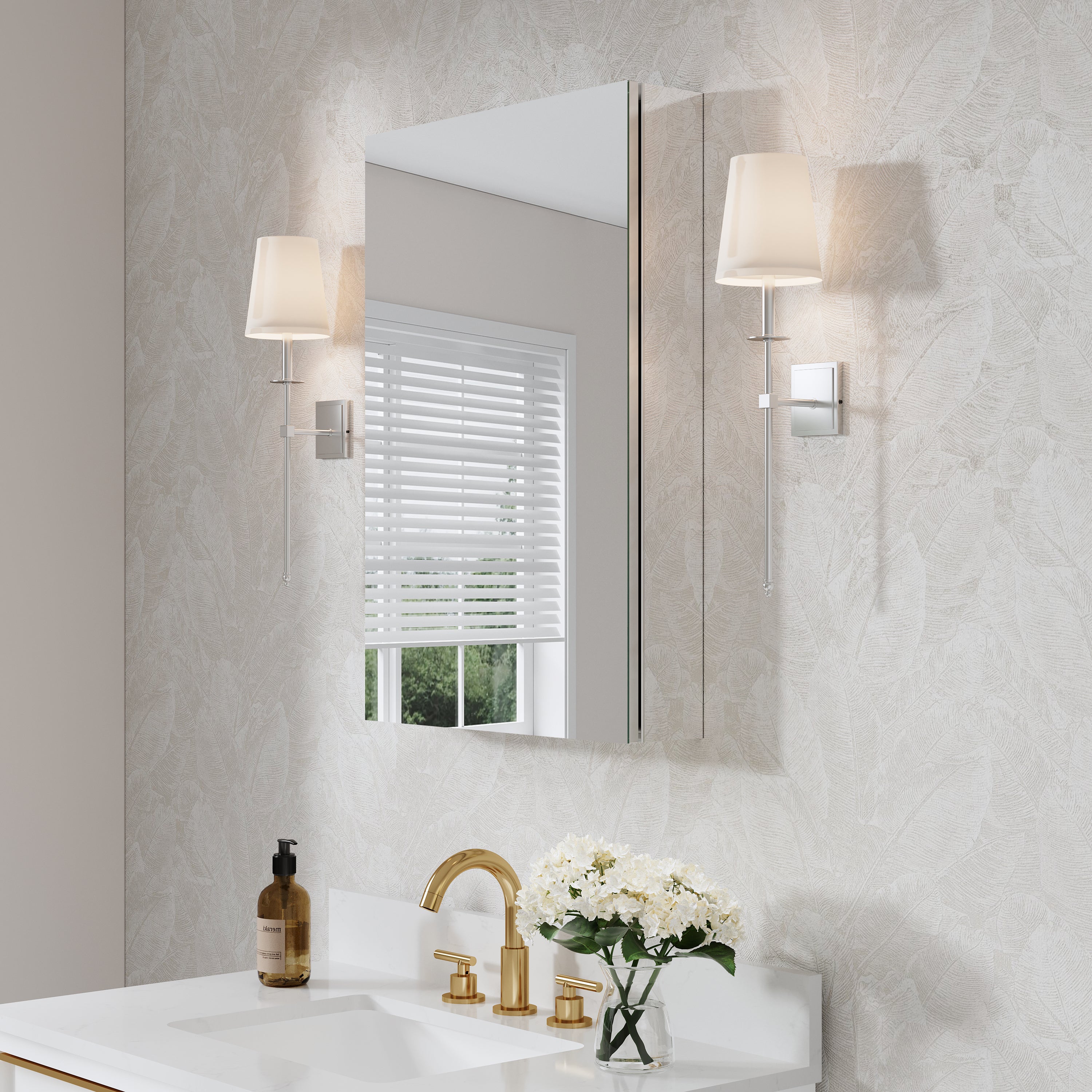
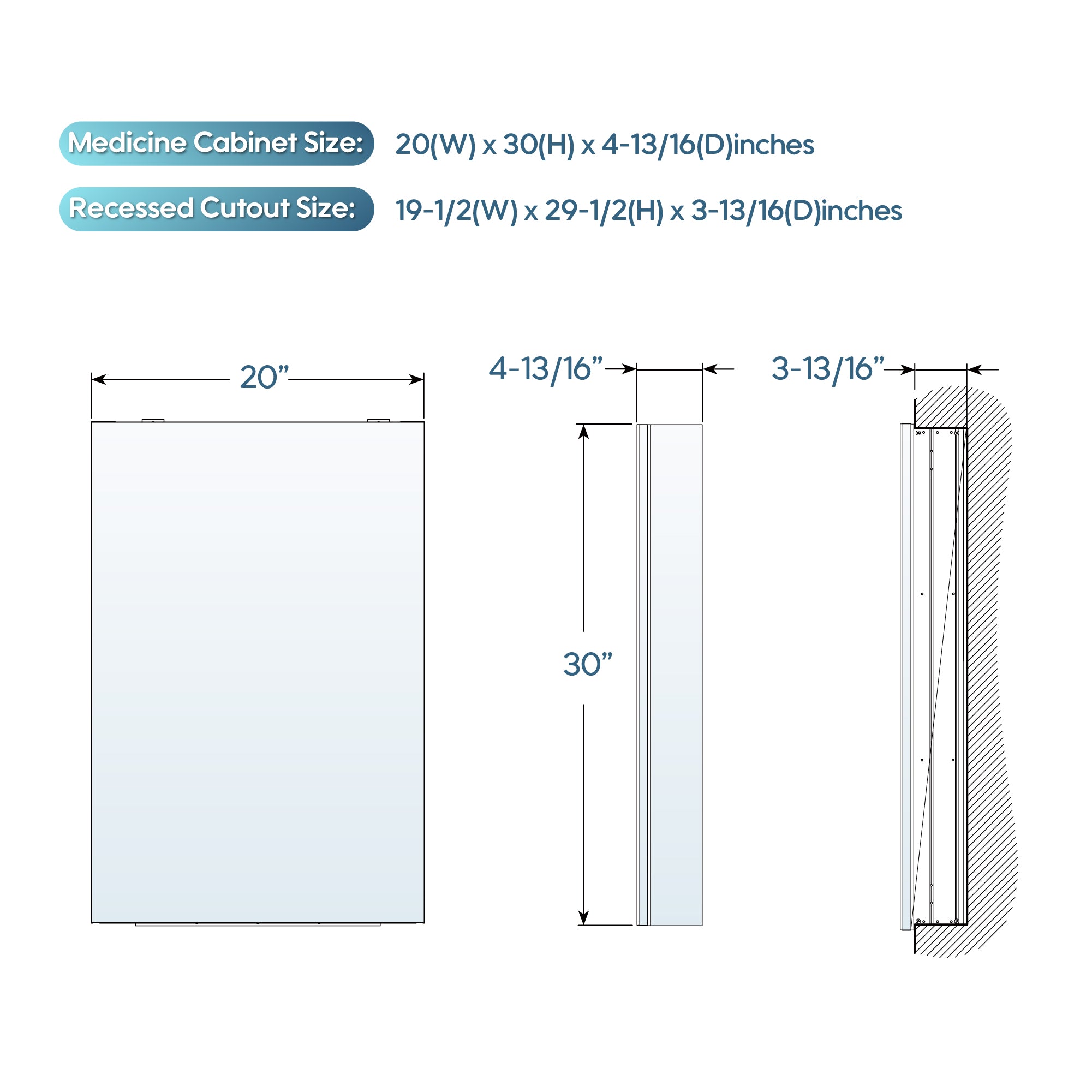
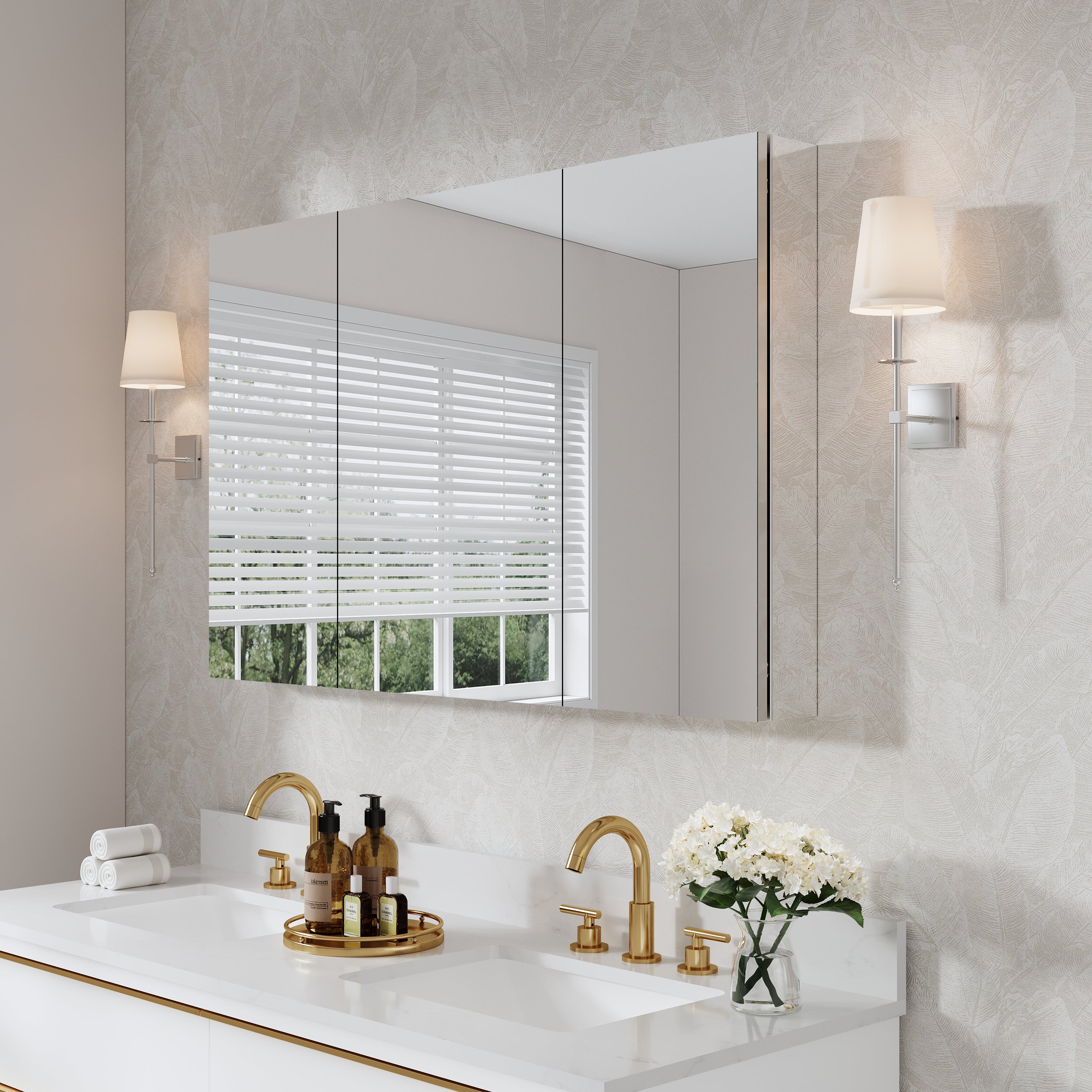
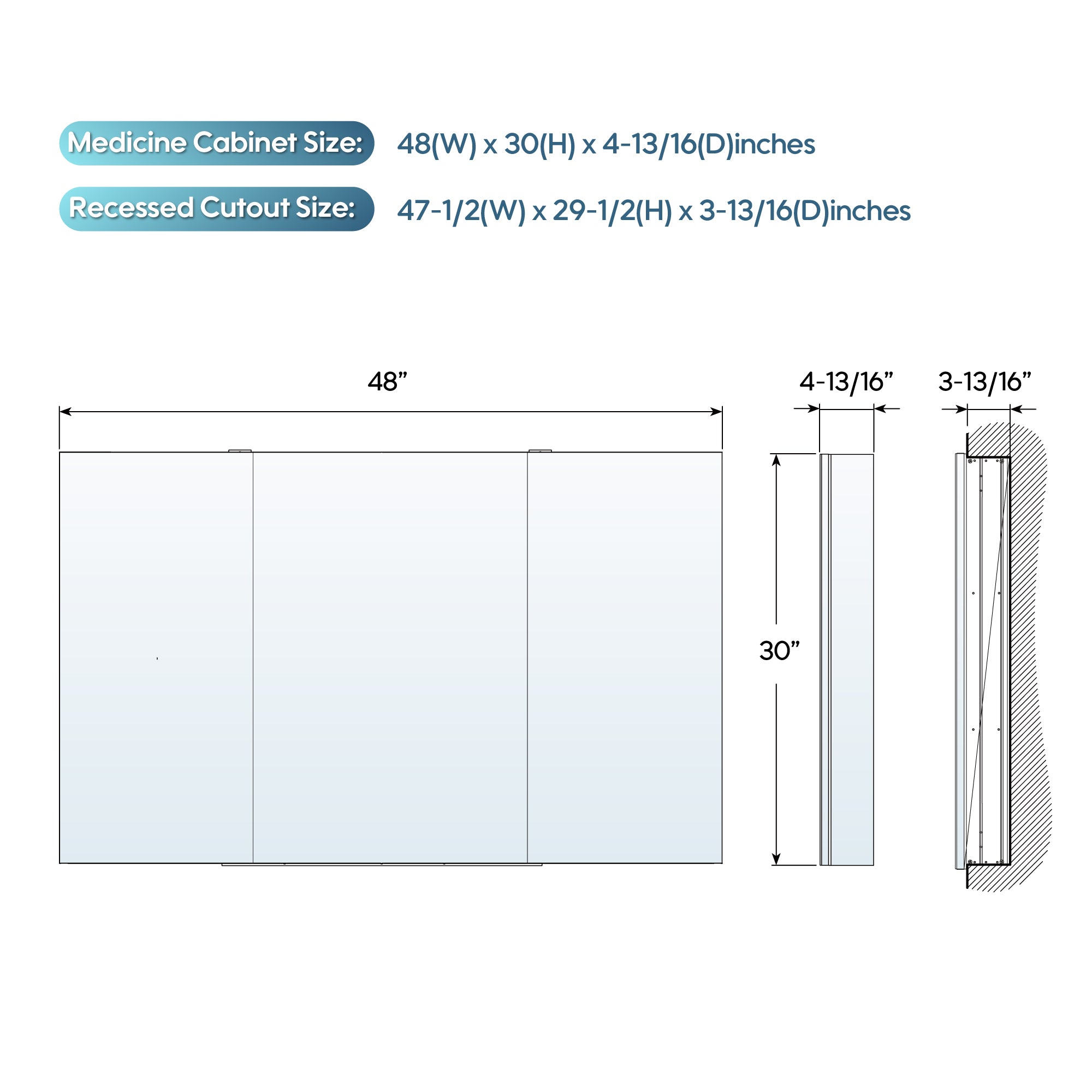
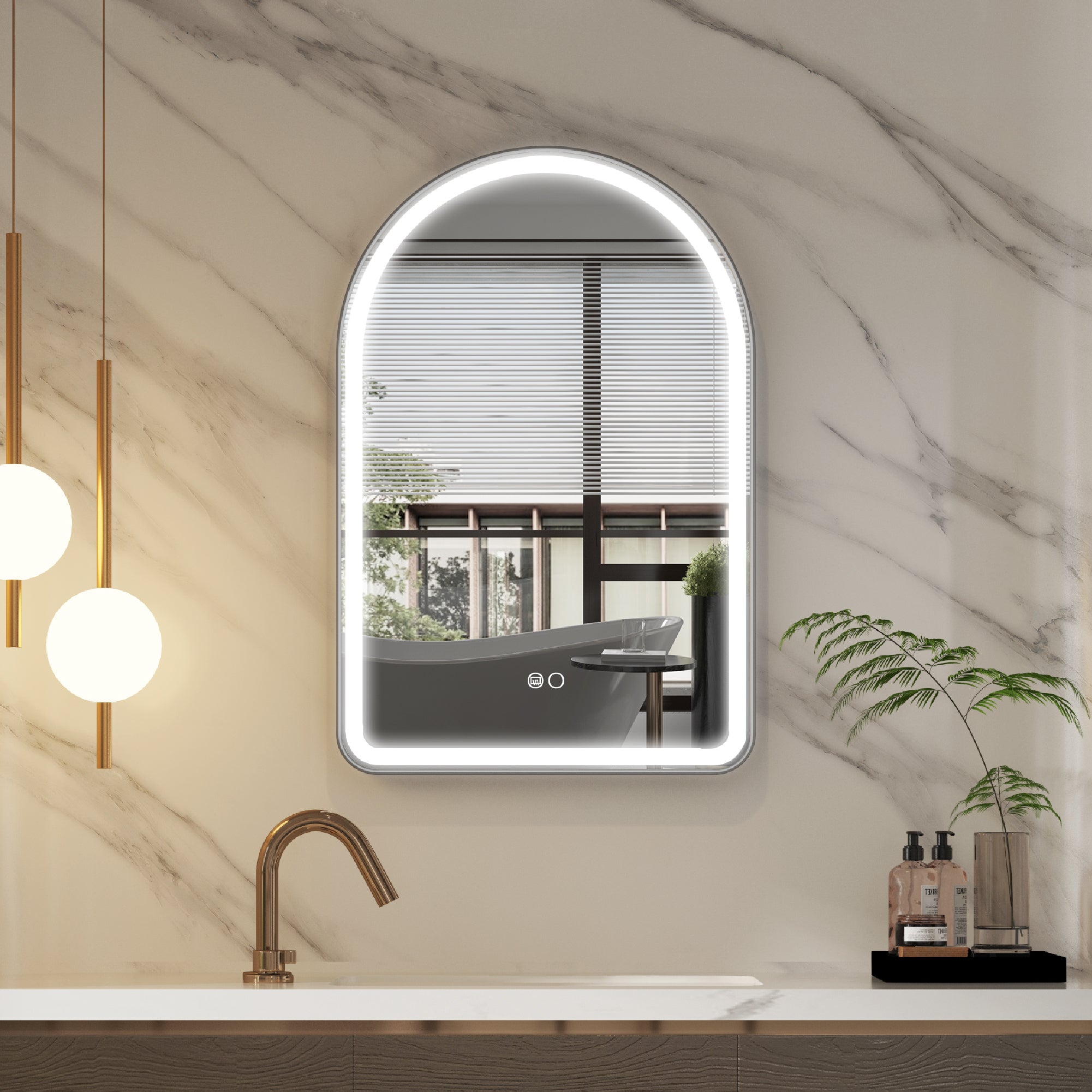
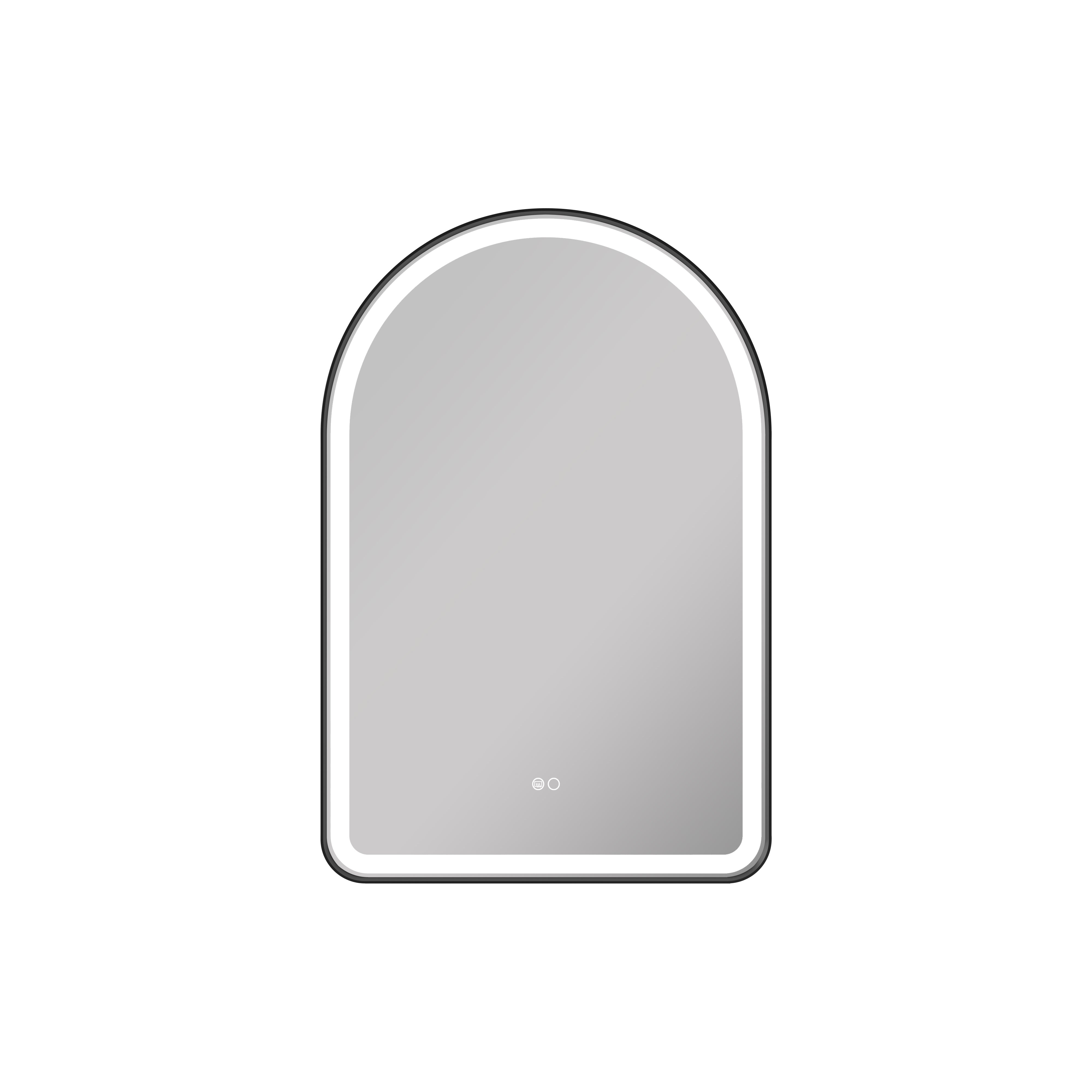


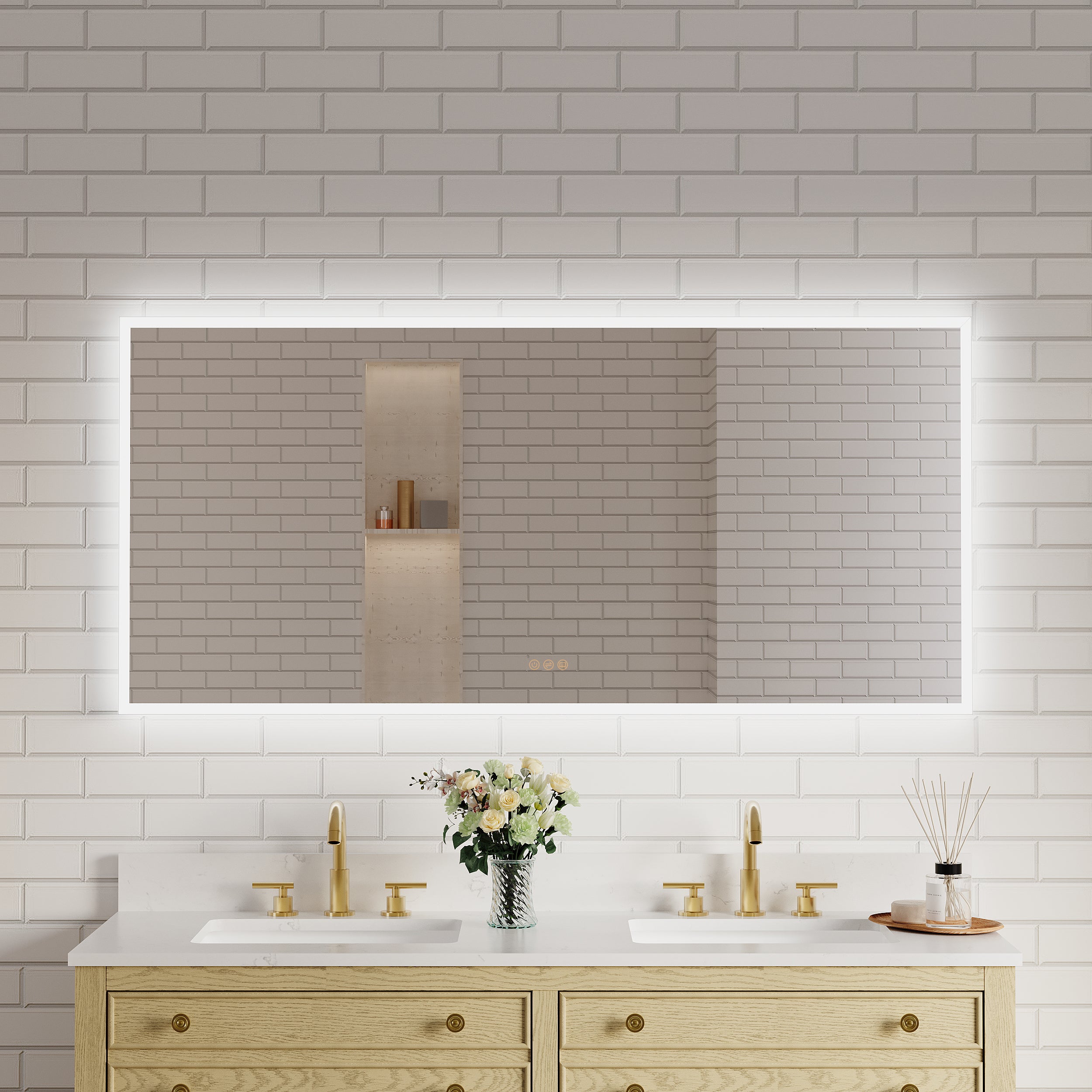
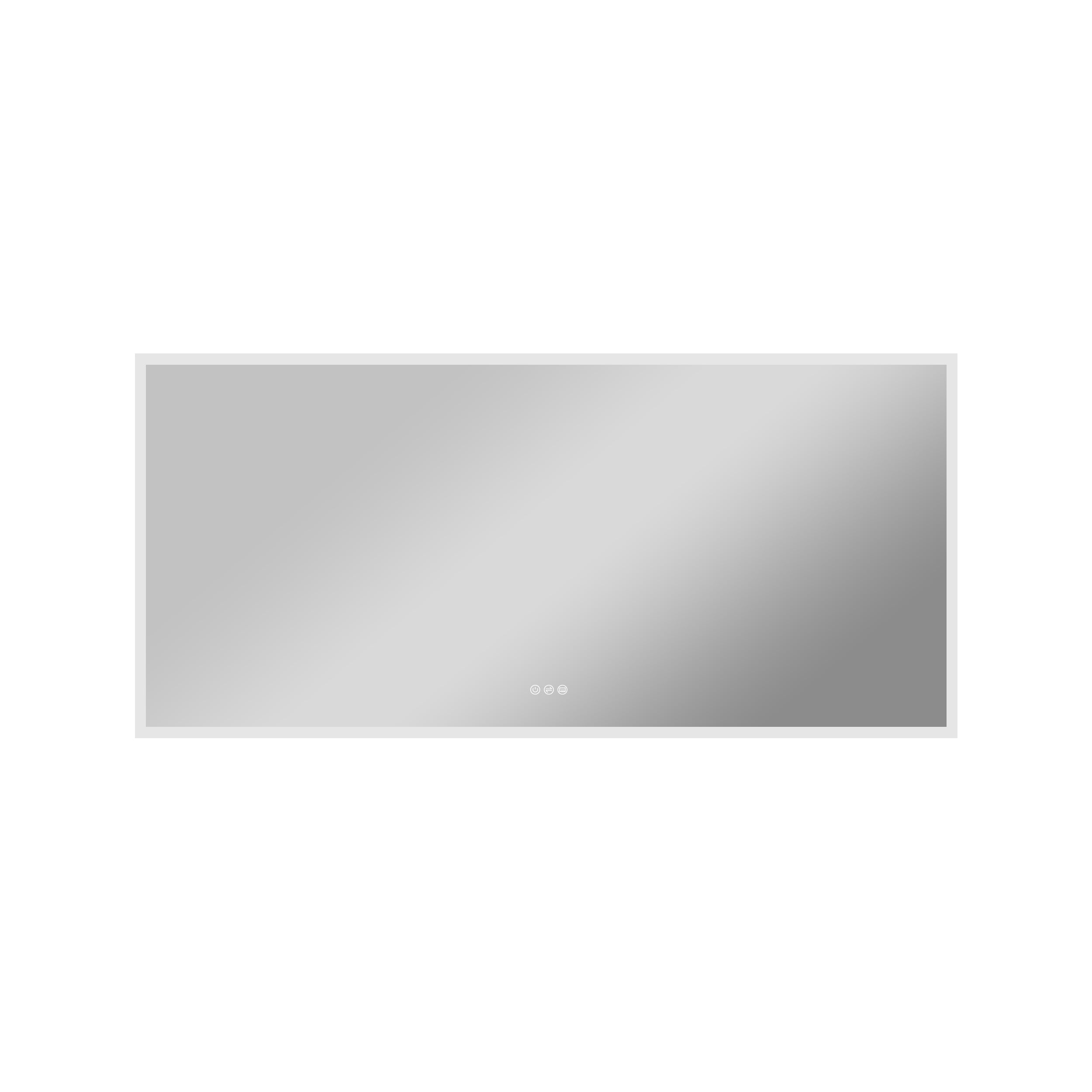
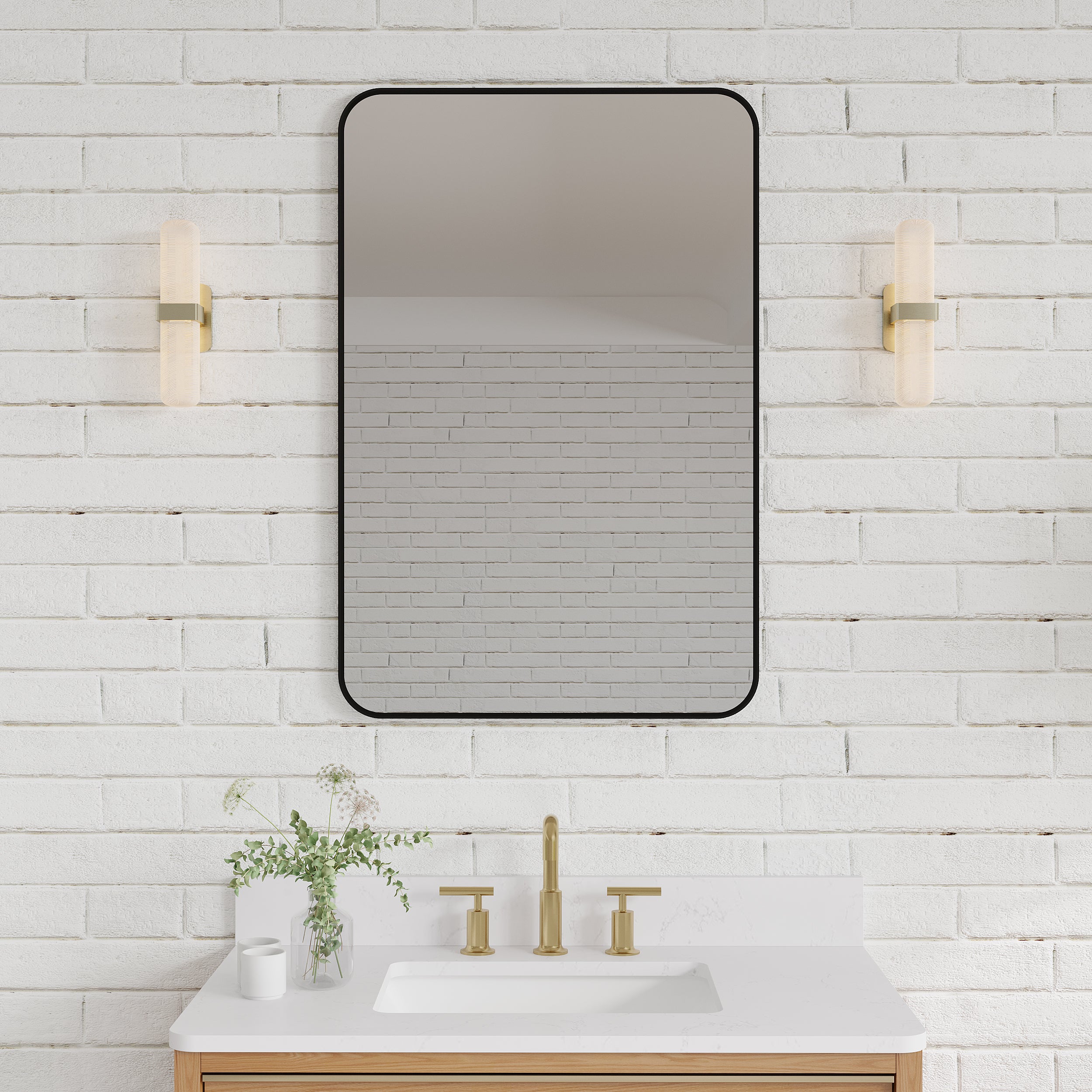
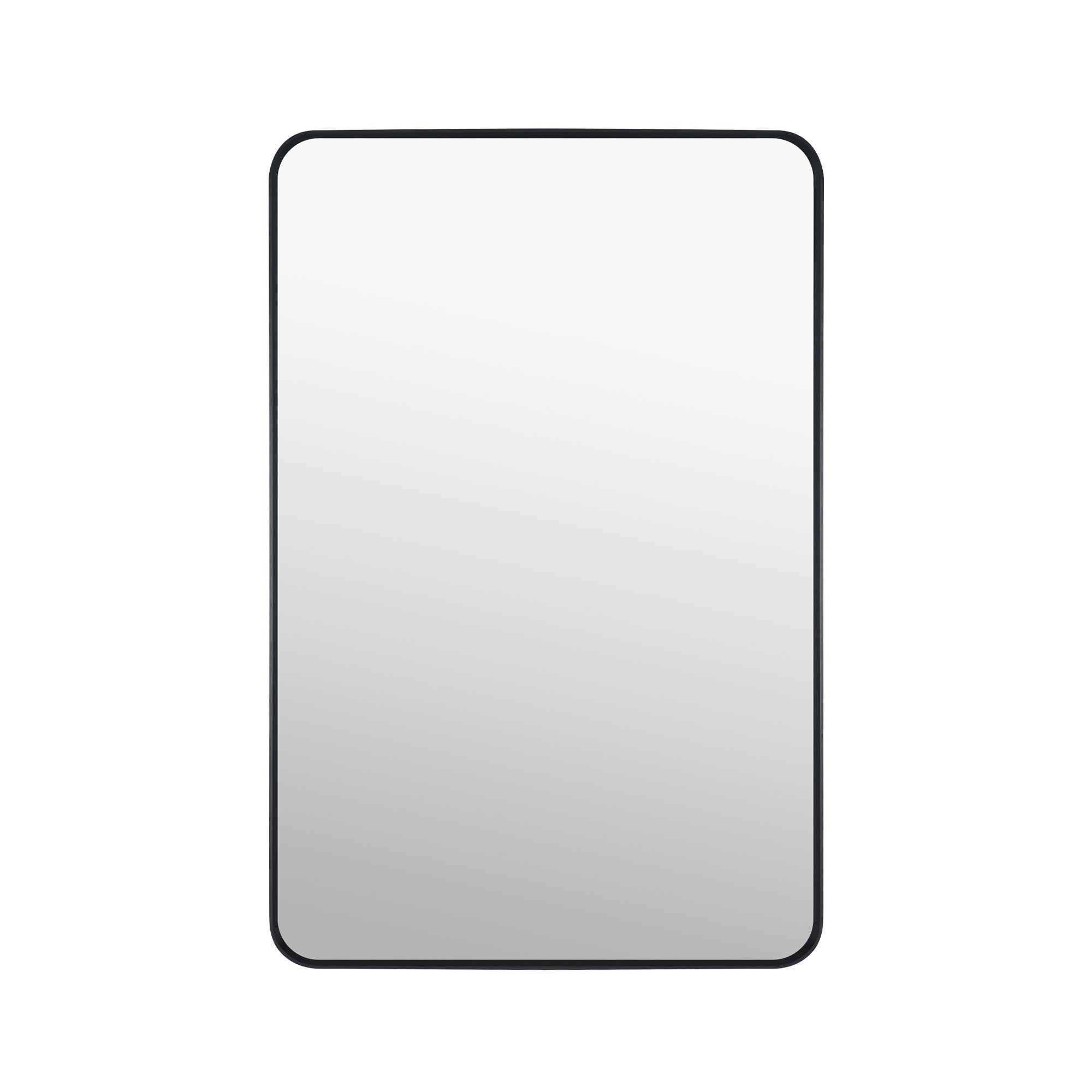
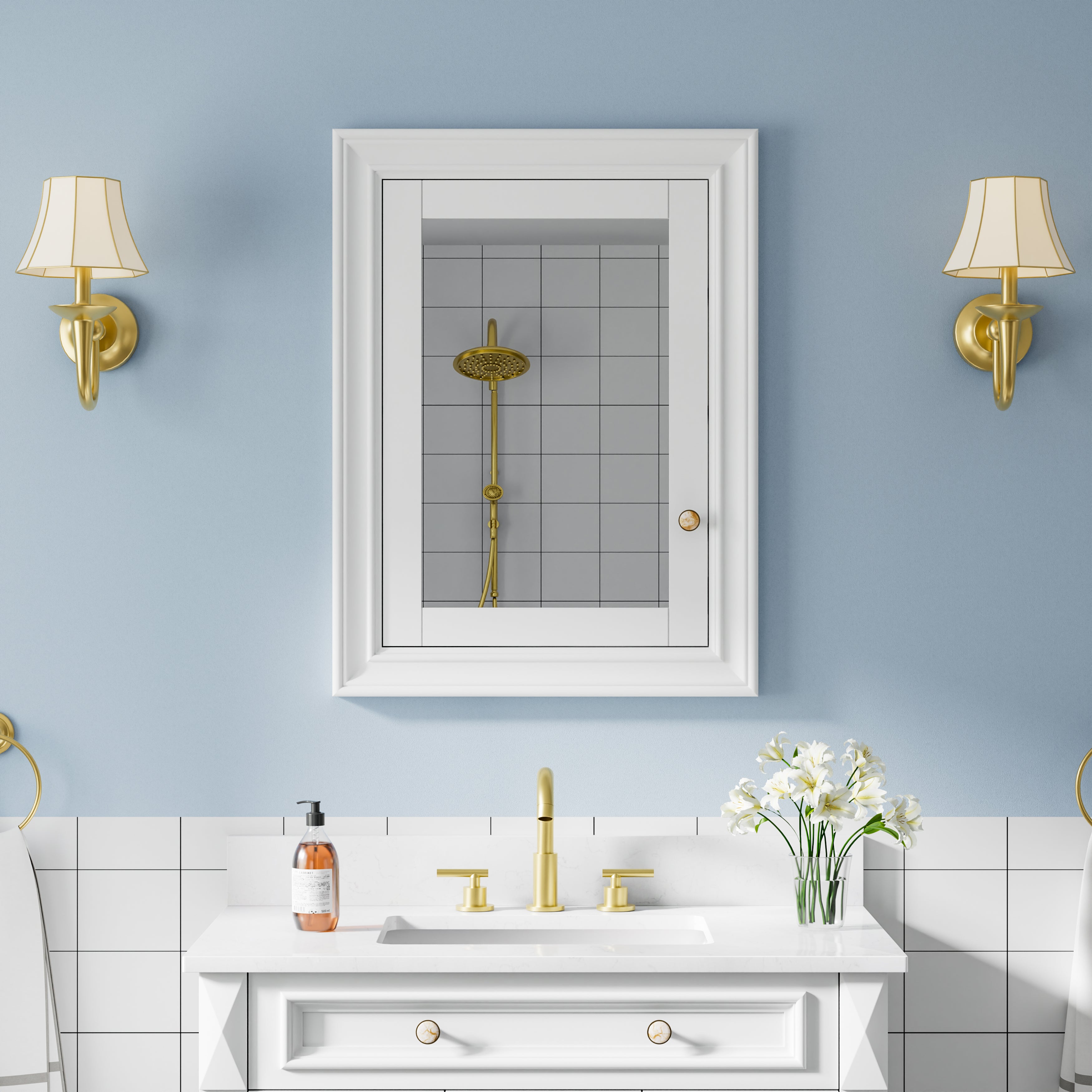
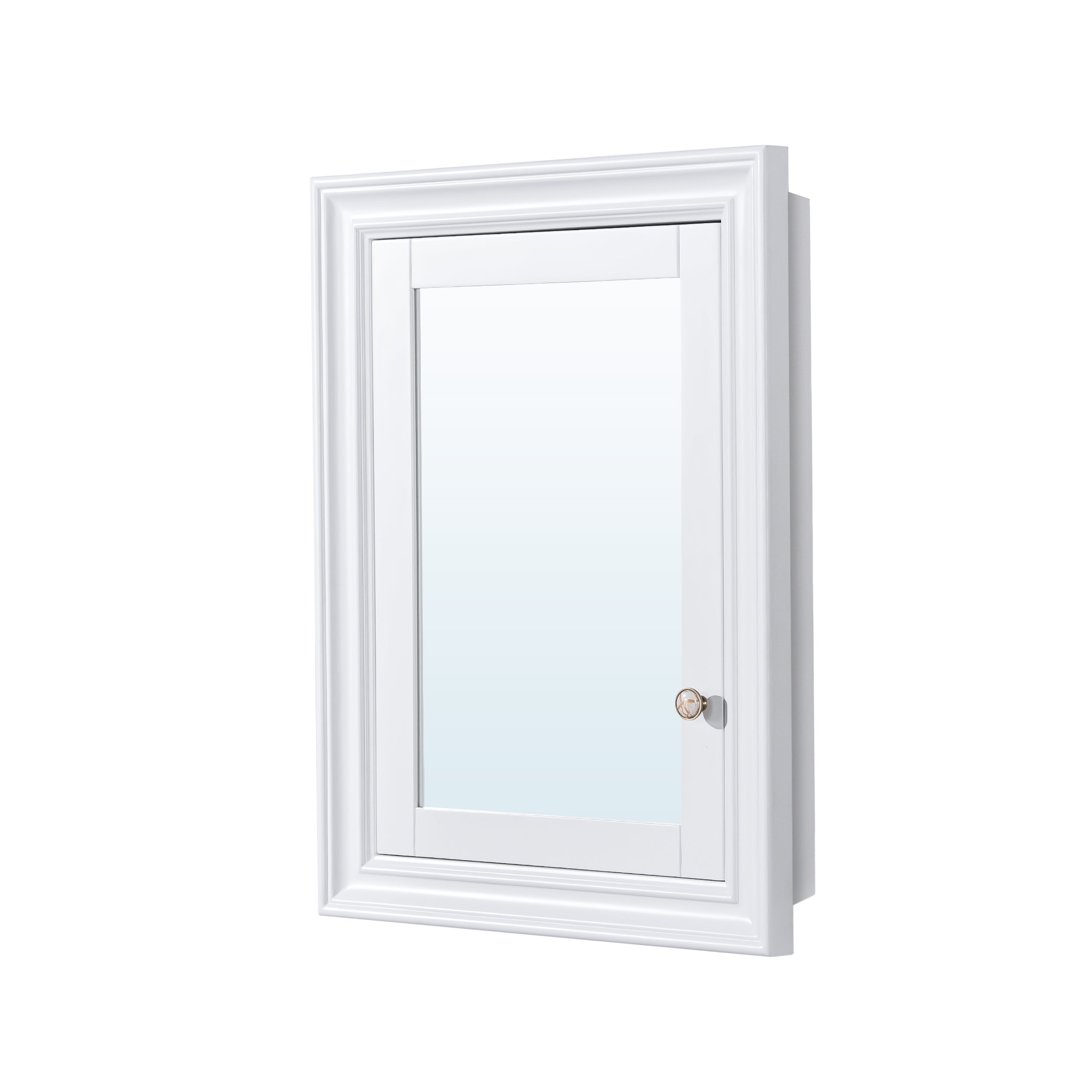










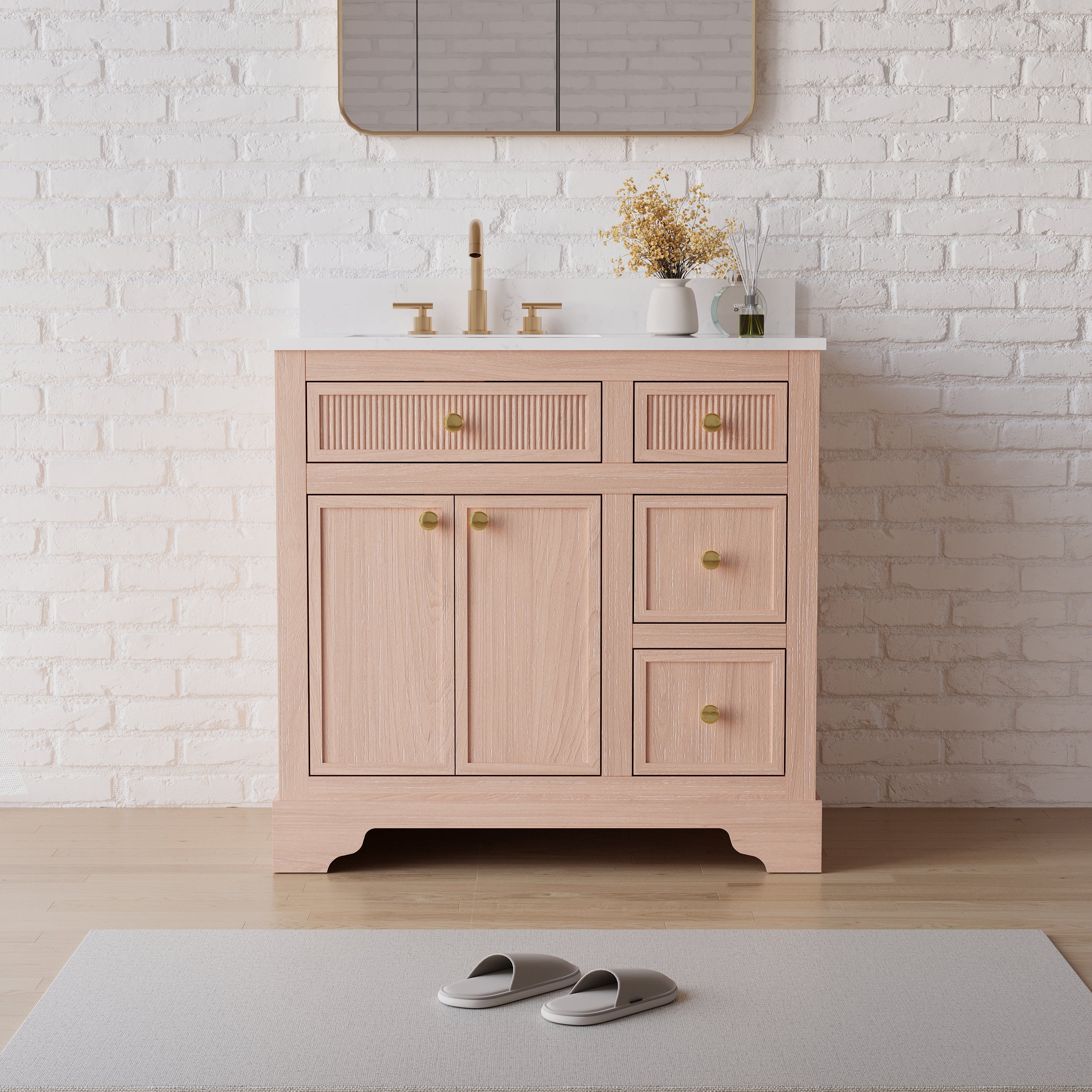
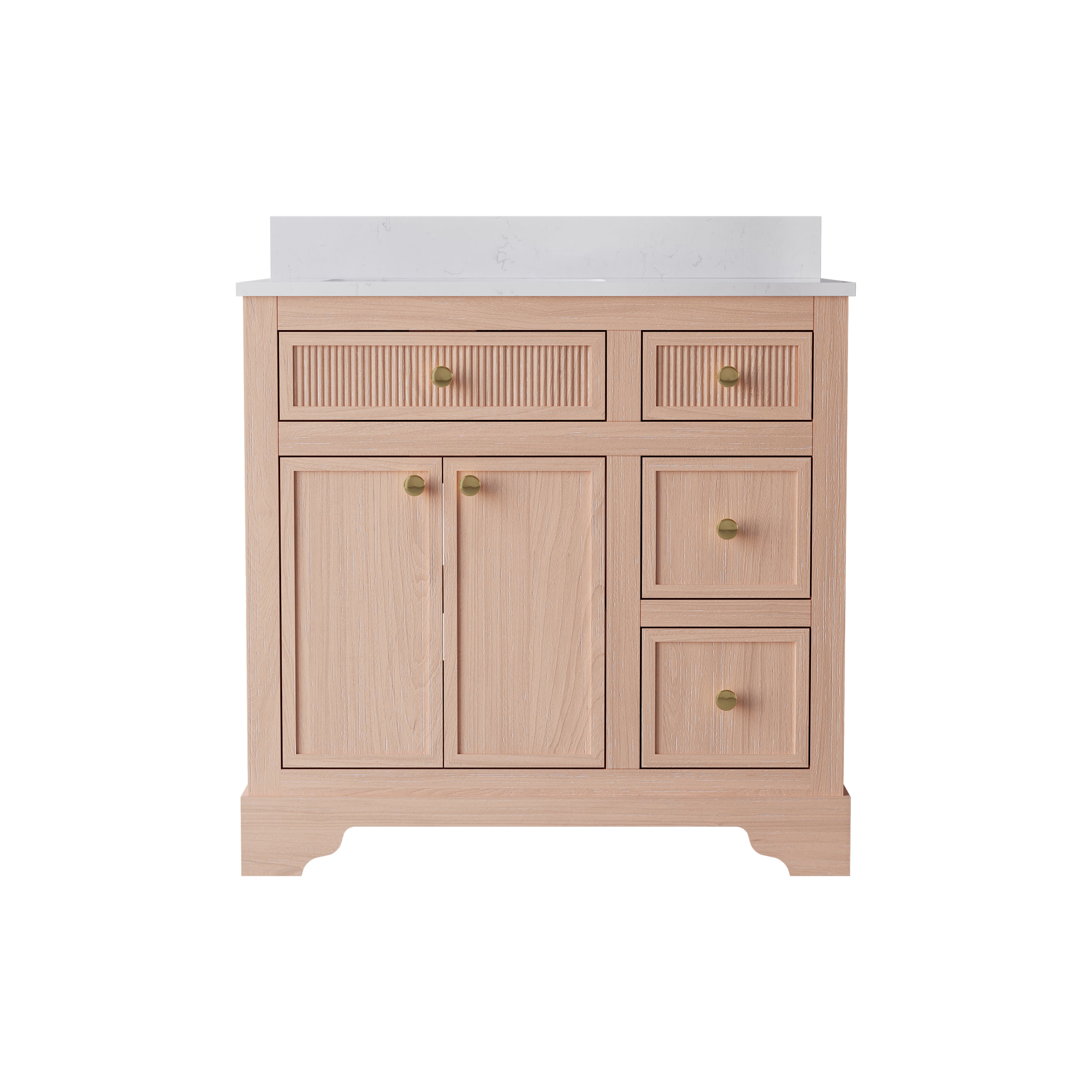
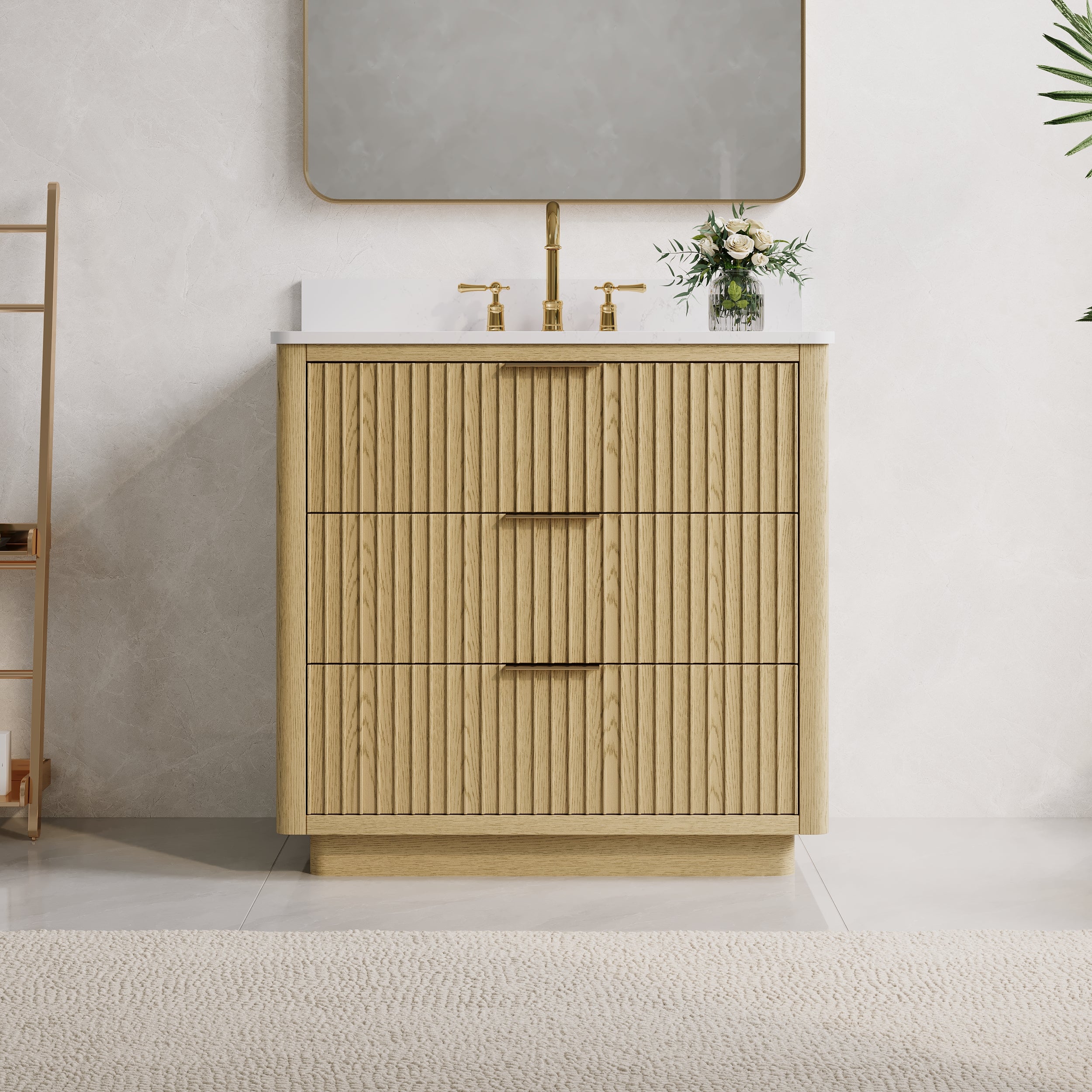
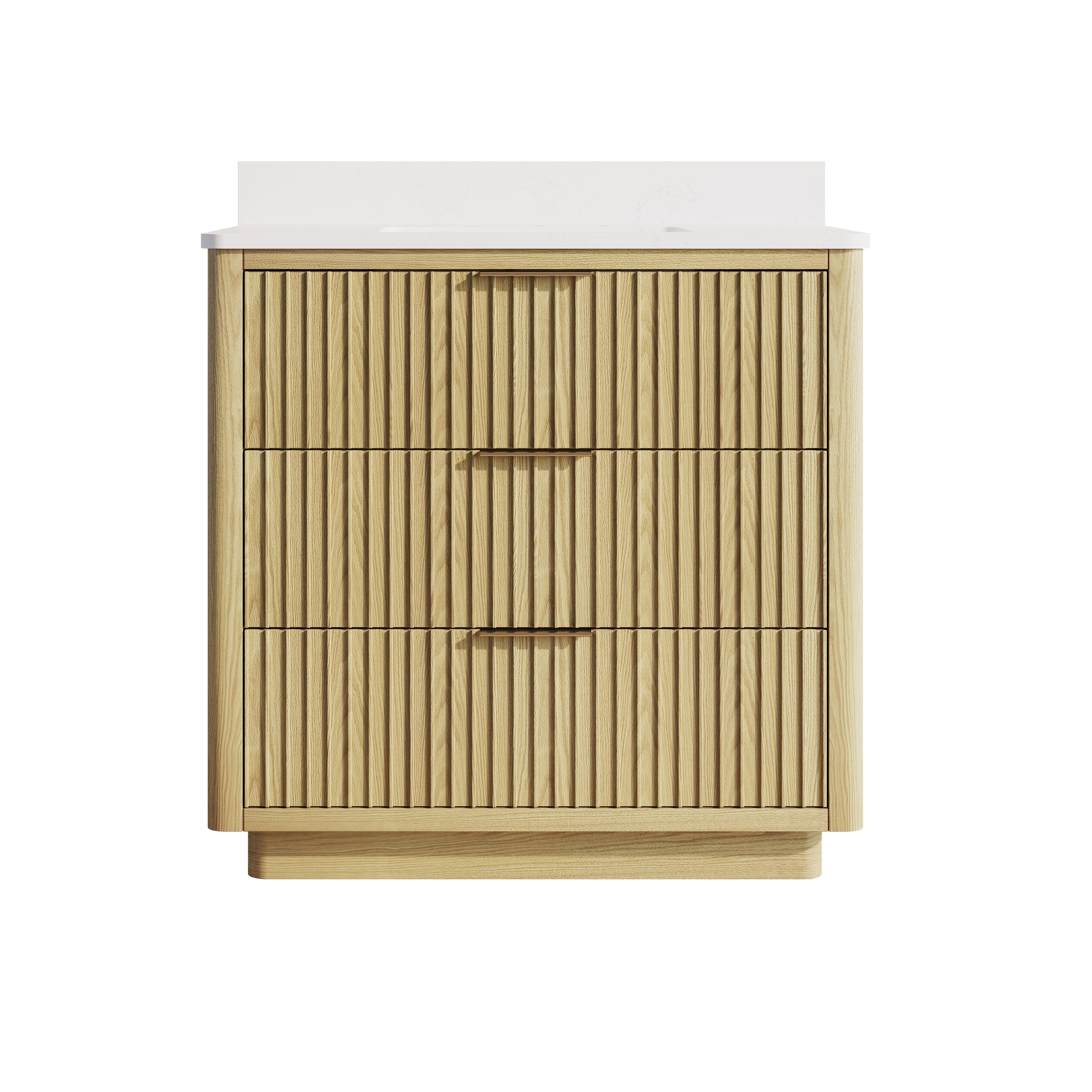
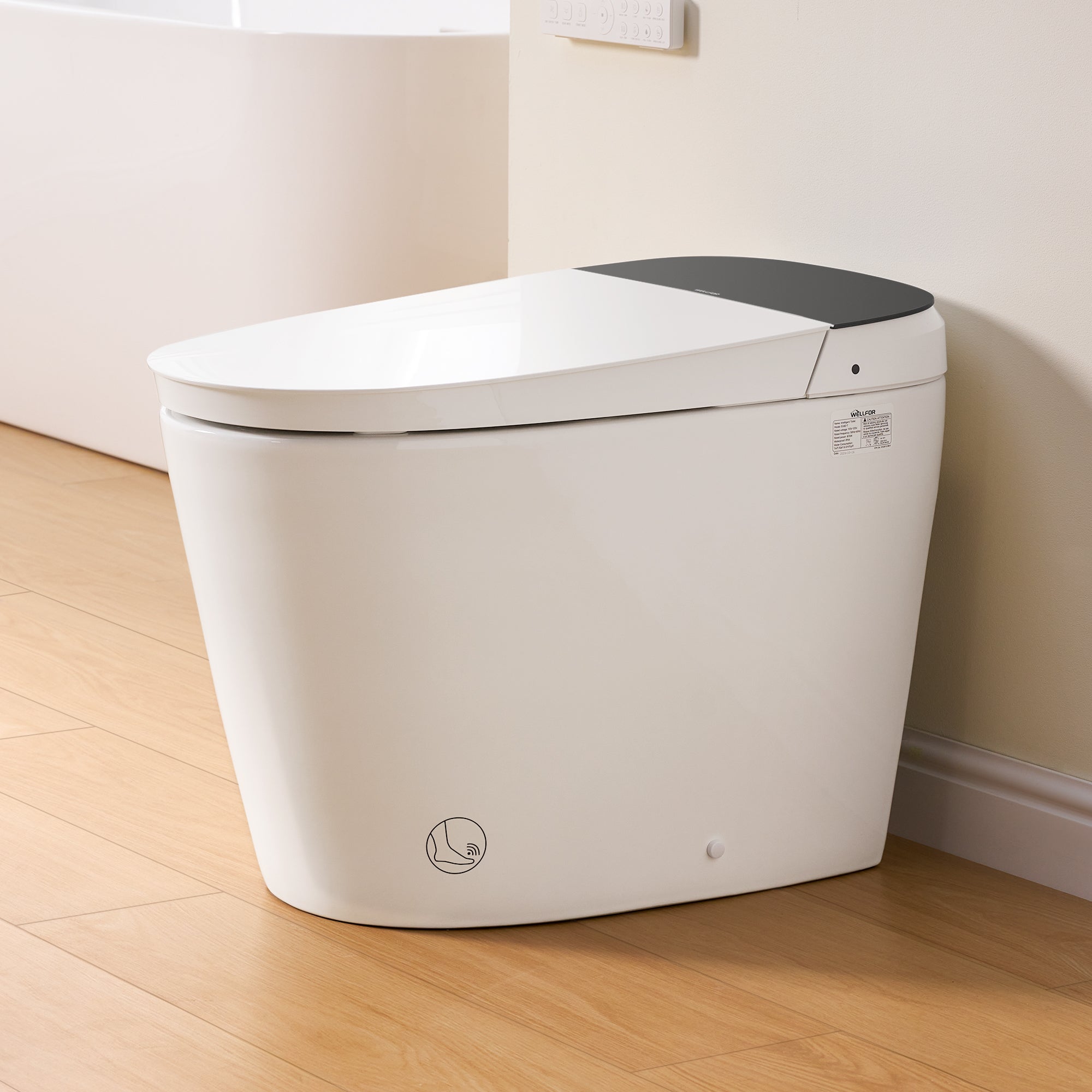
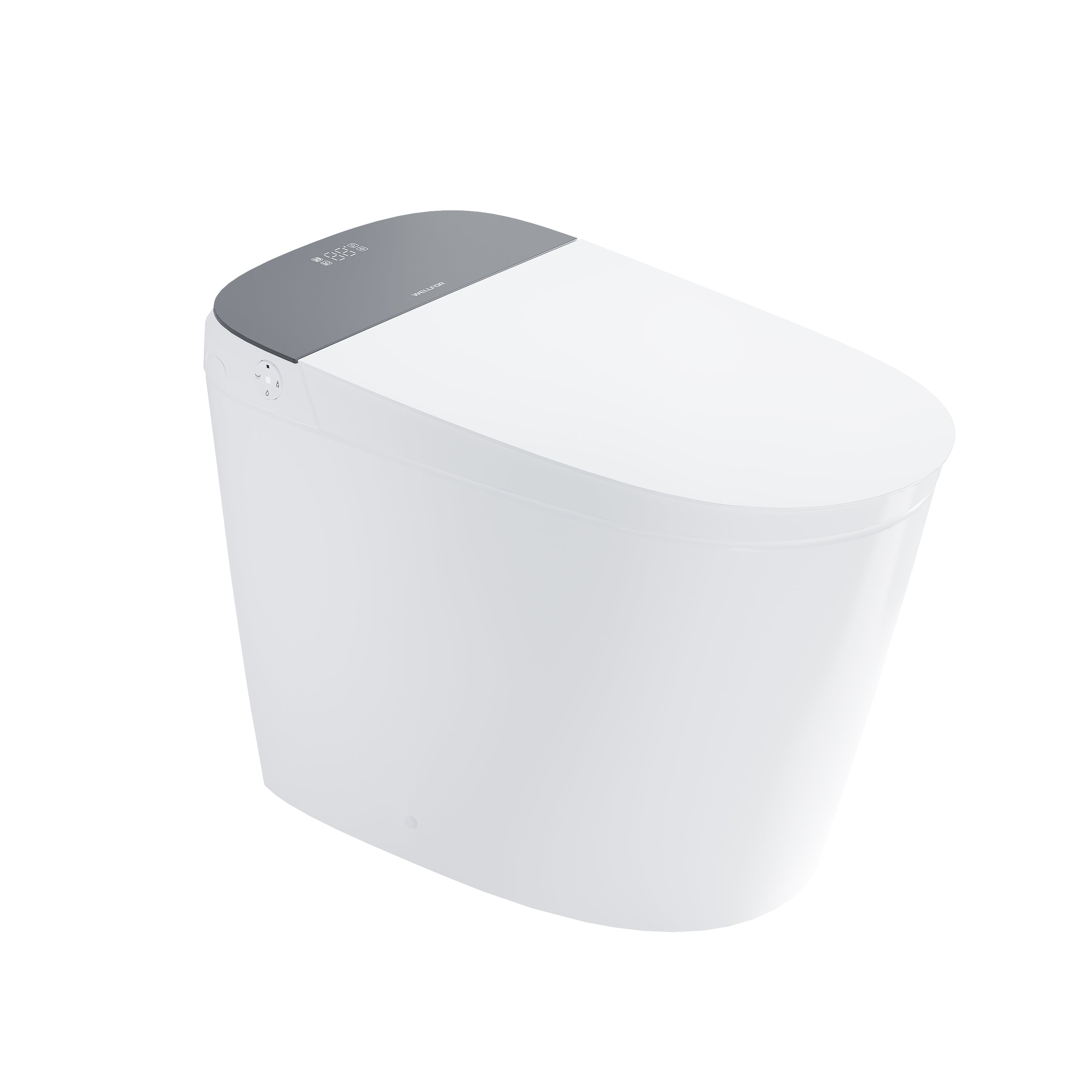
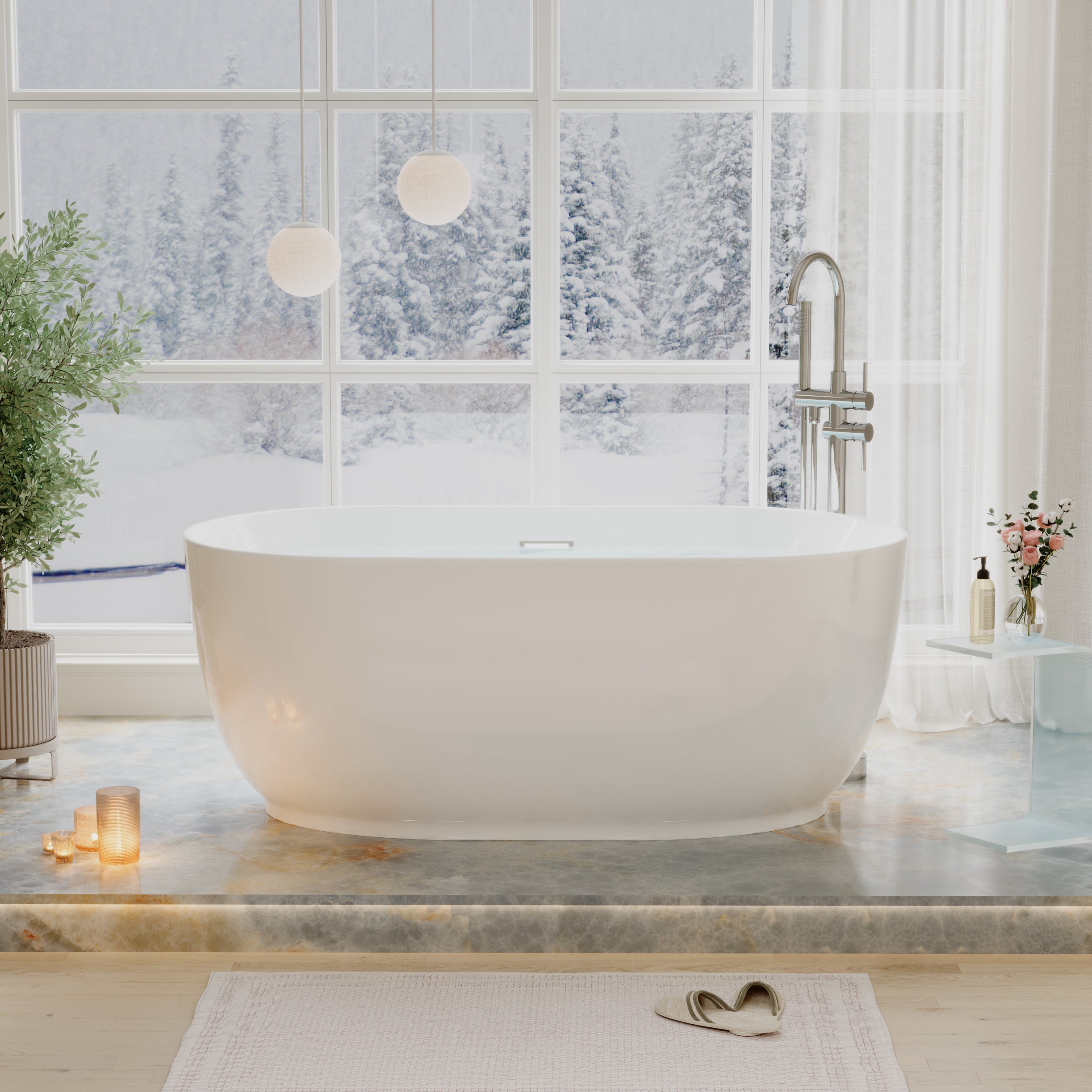
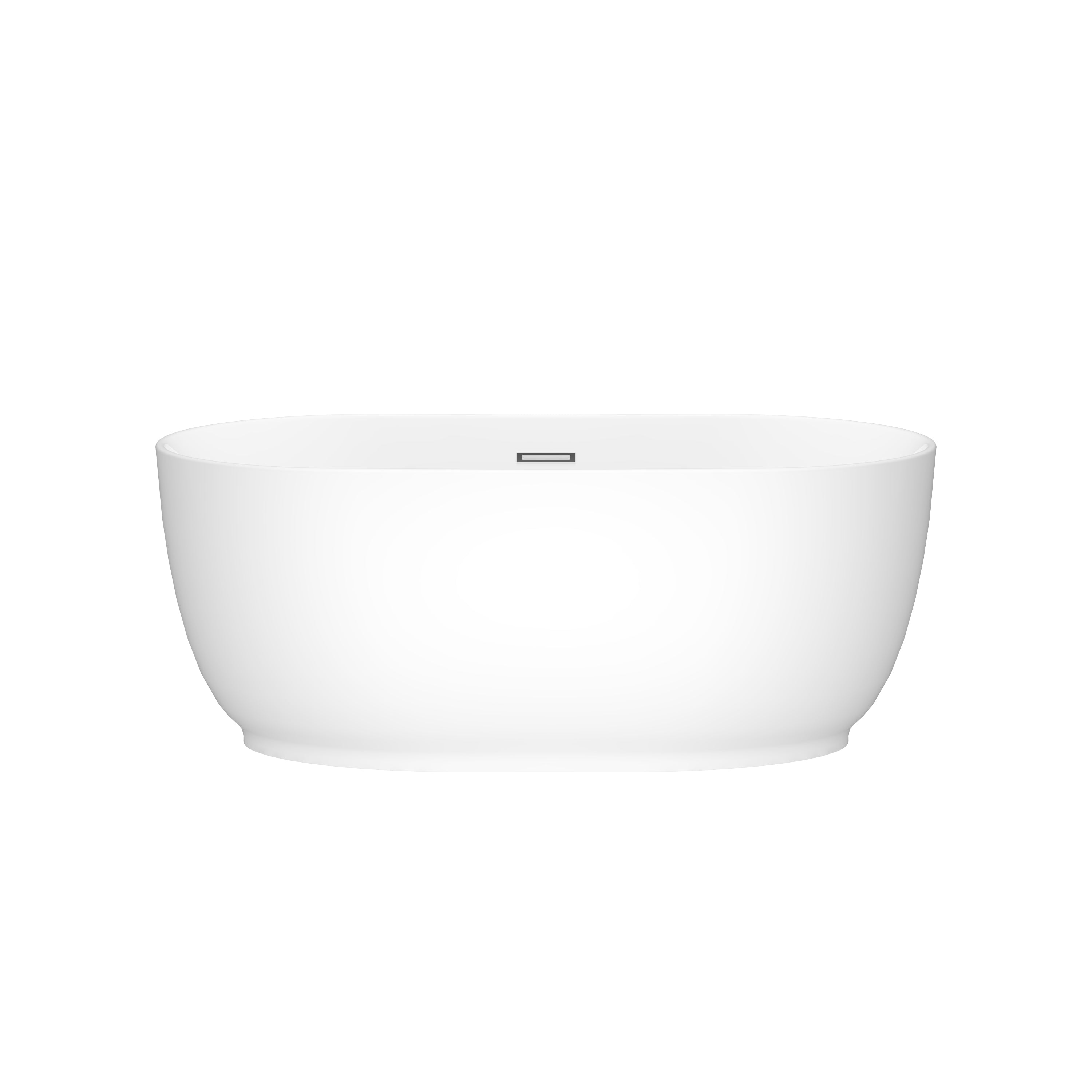
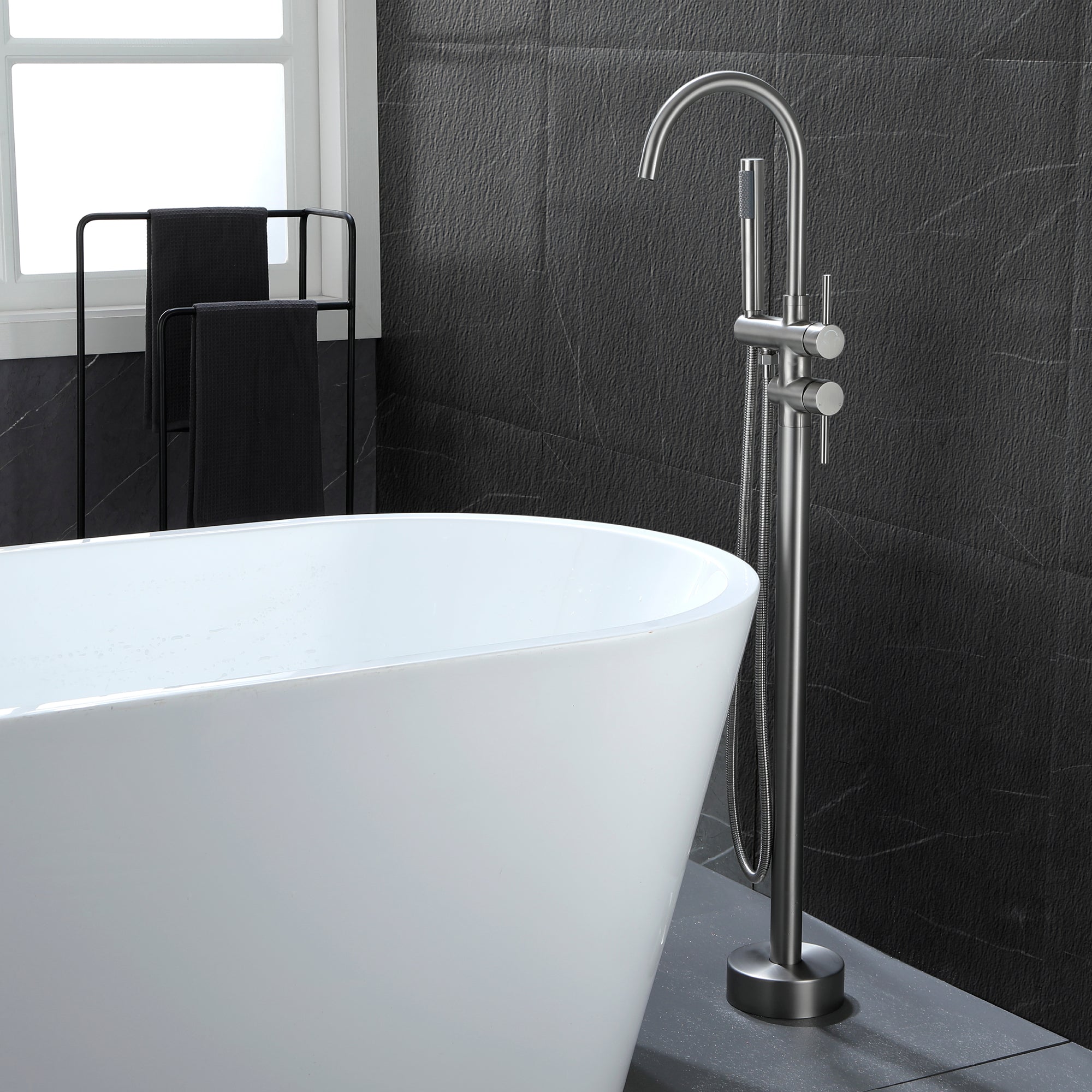

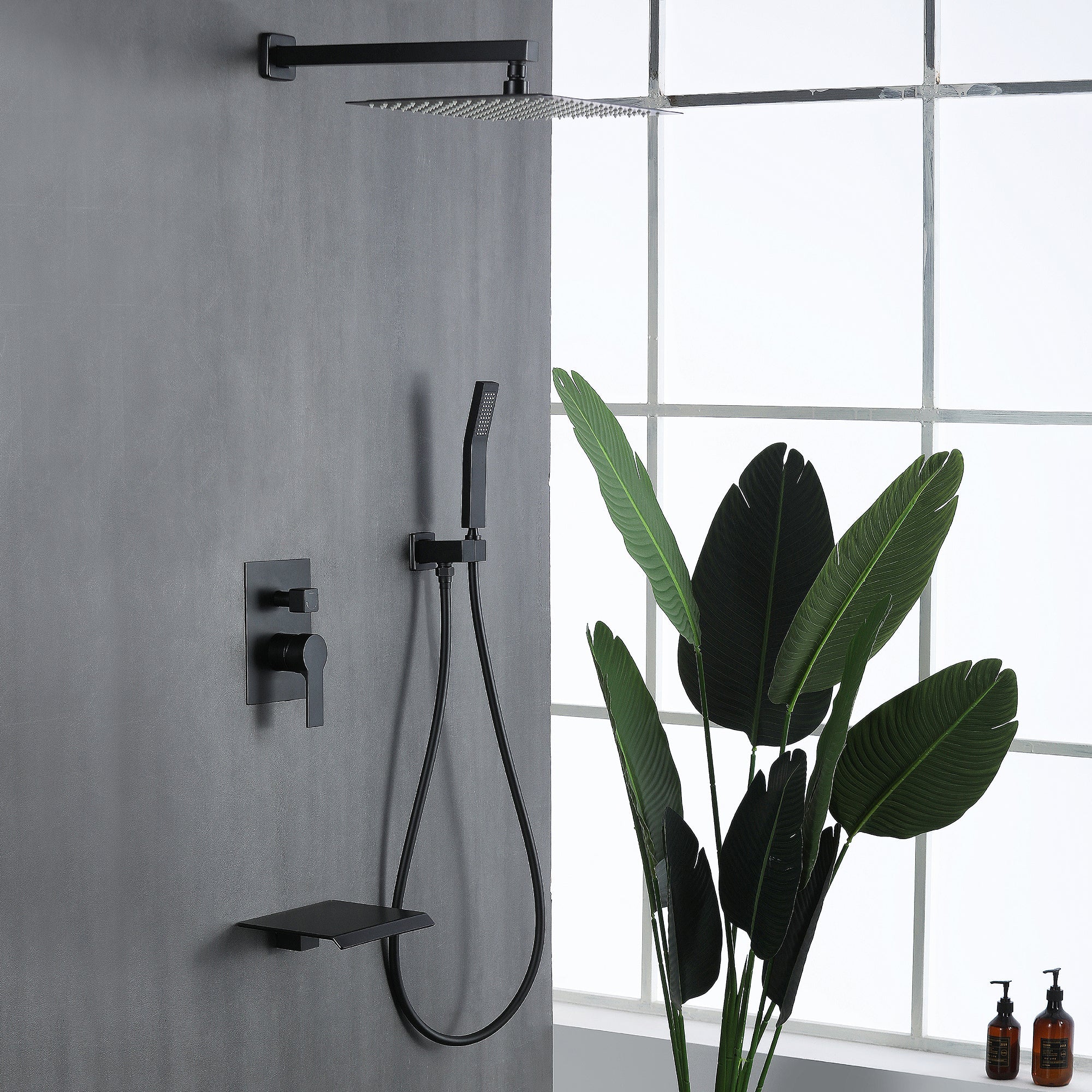
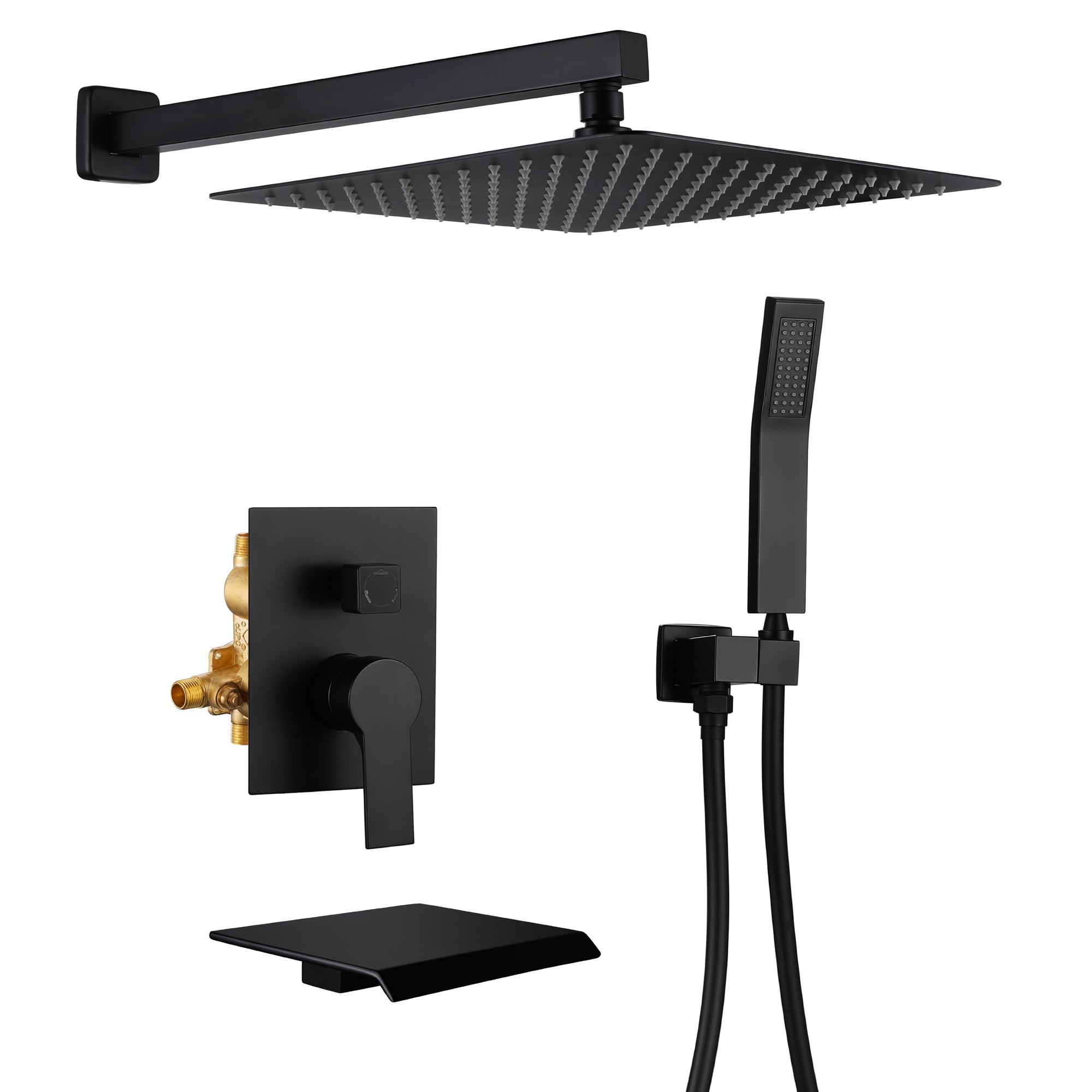
Leave a comment
This site is protected by hCaptcha and the hCaptcha Privacy Policy and Terms of Service apply.